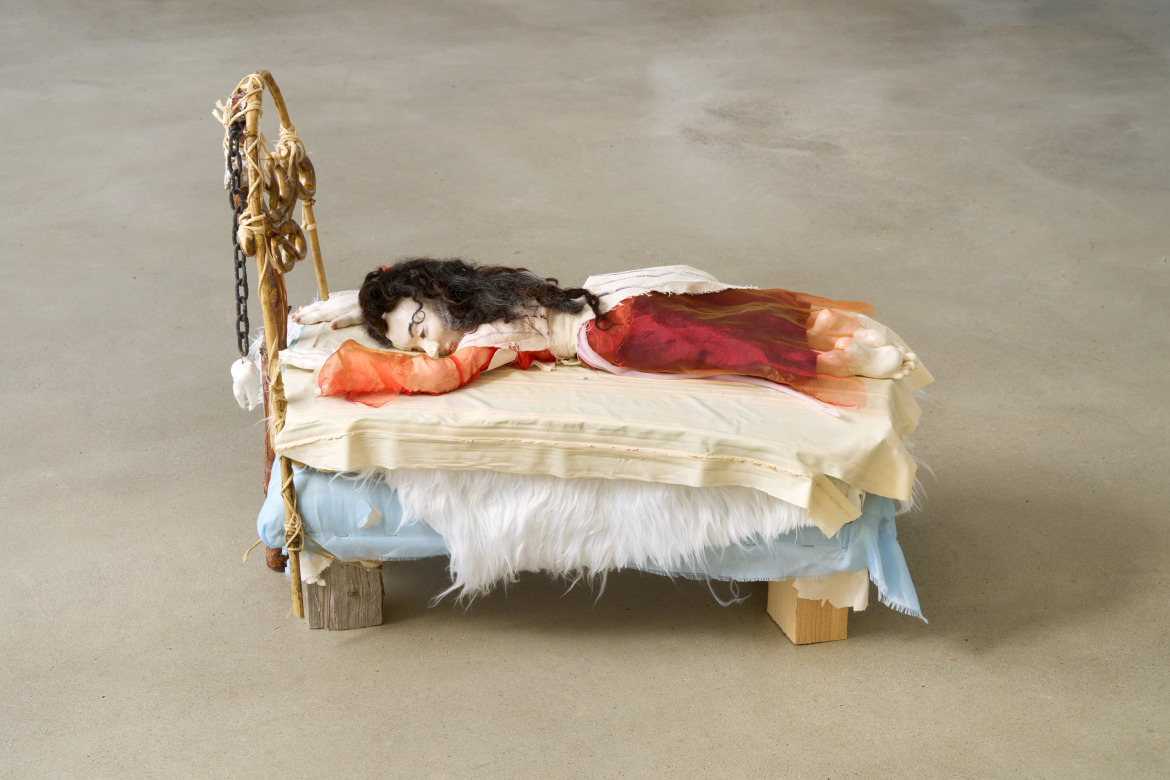
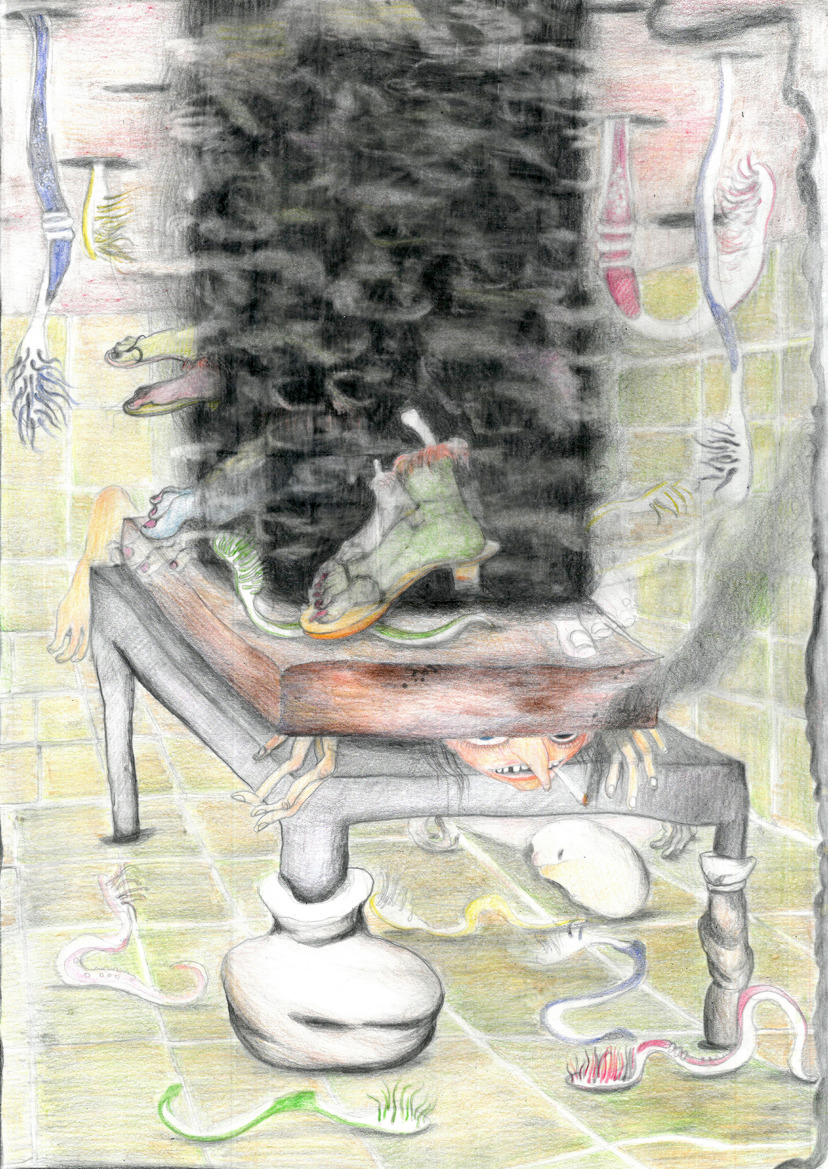

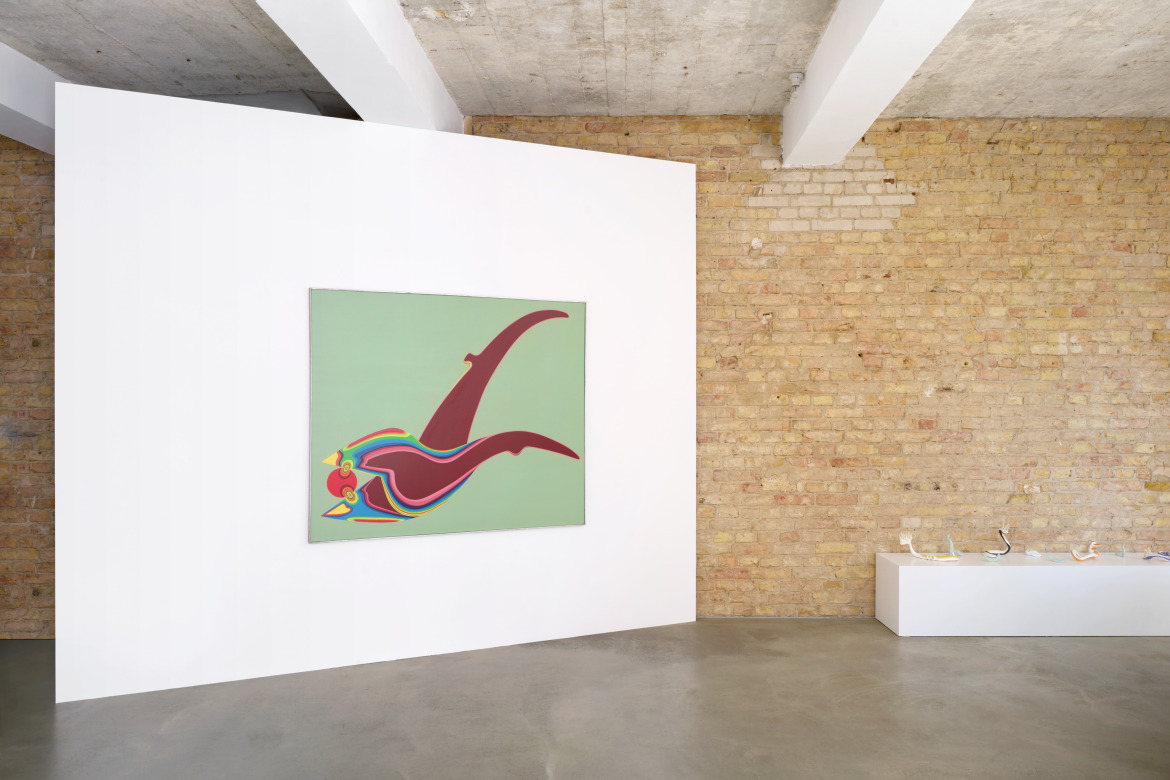
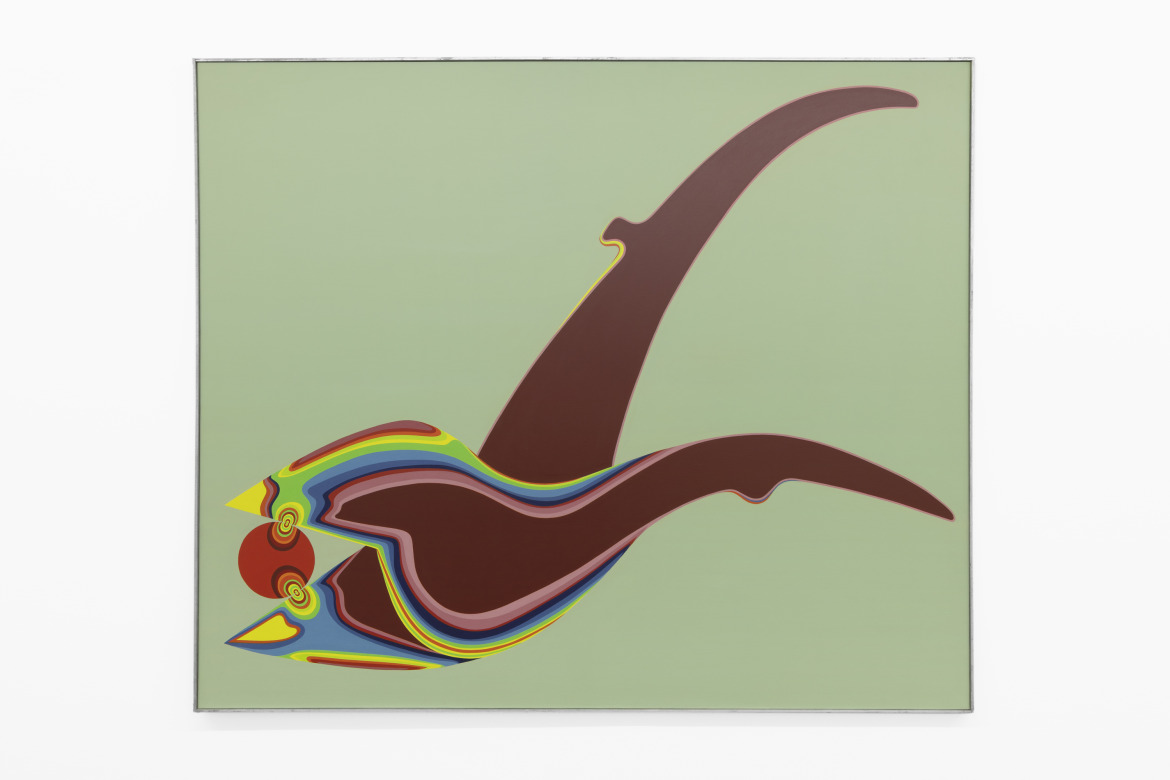
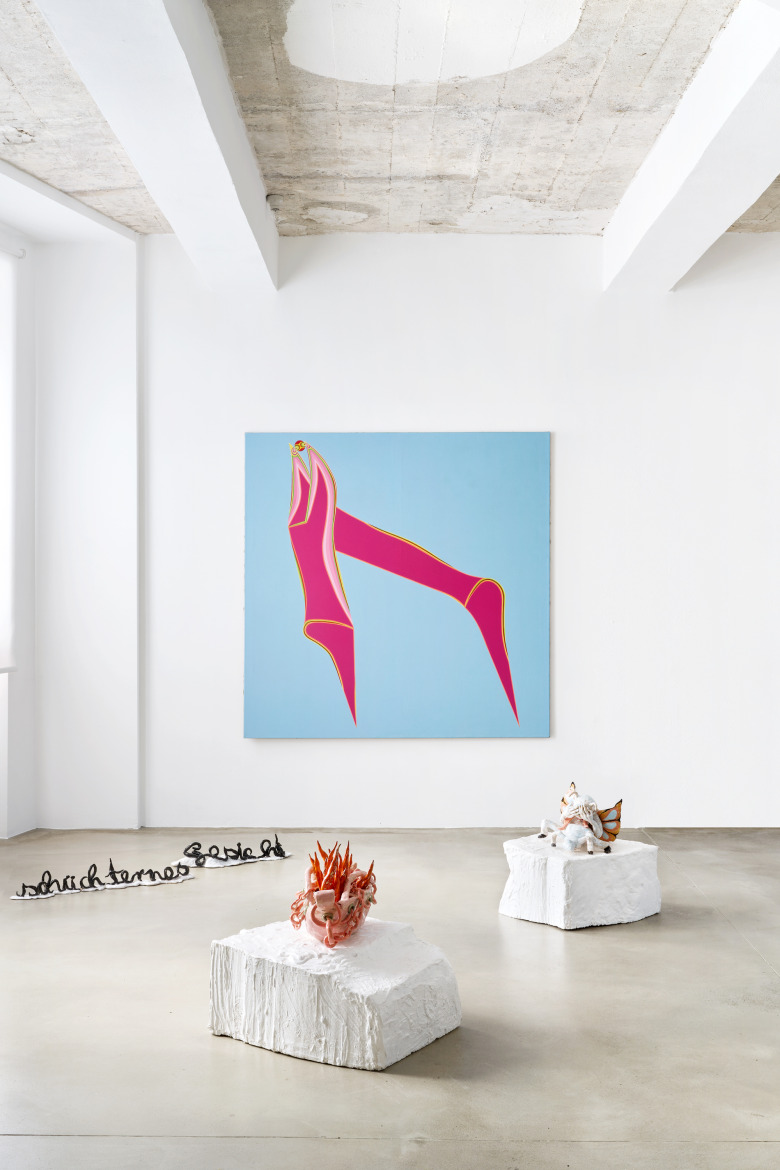
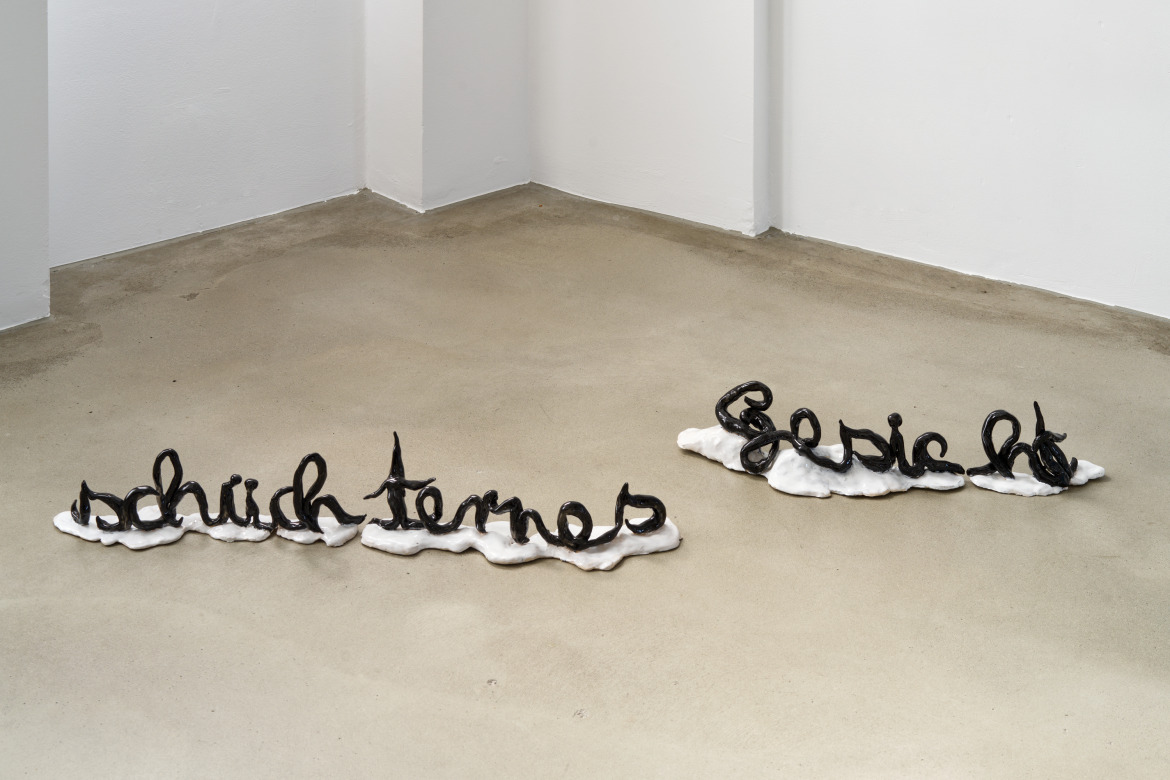
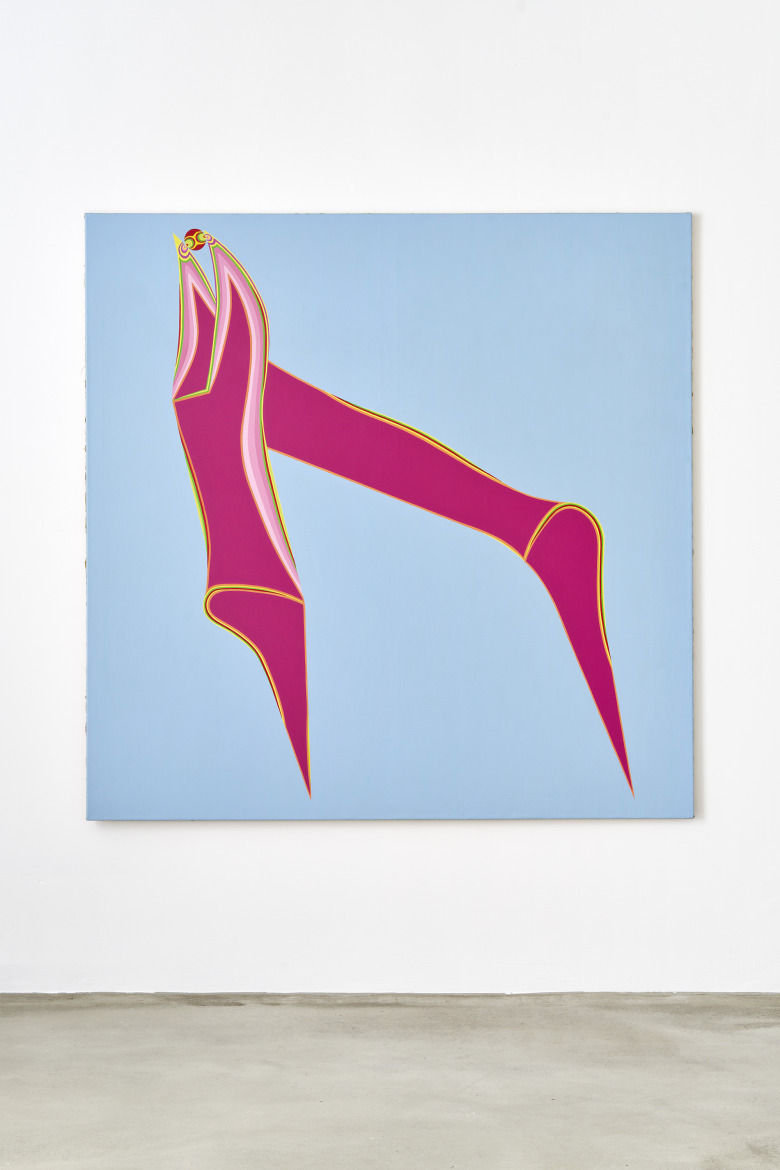
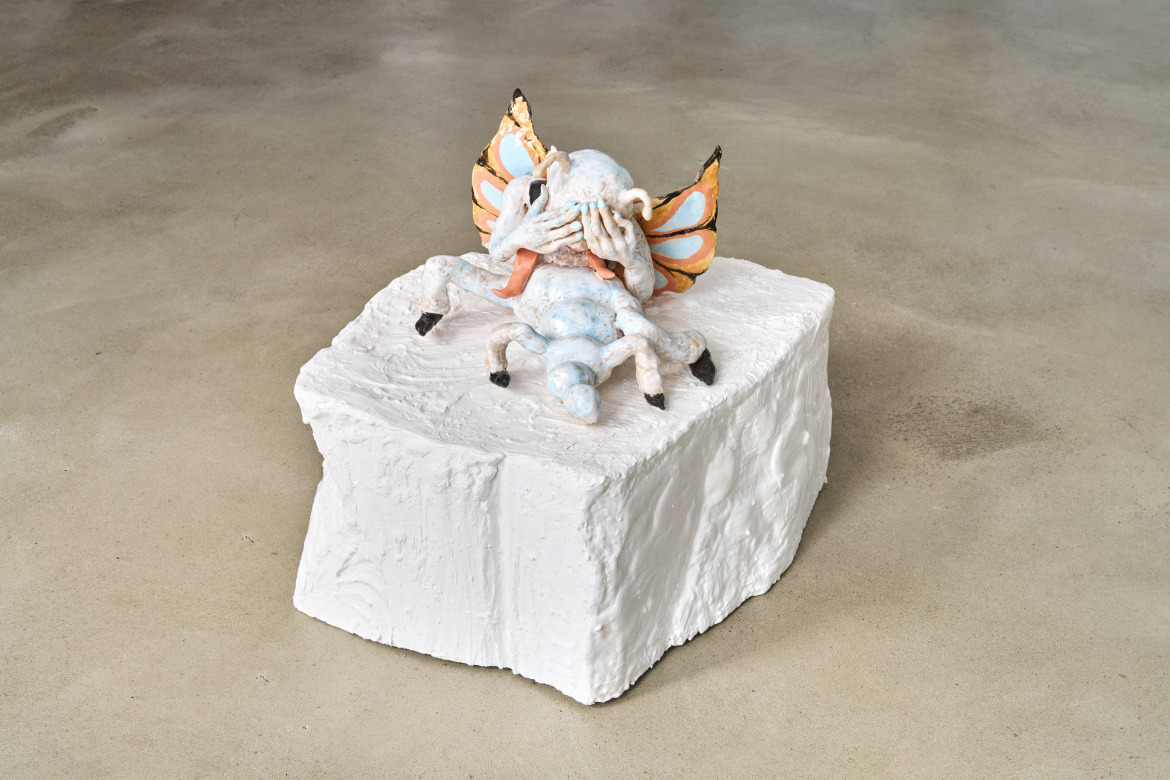
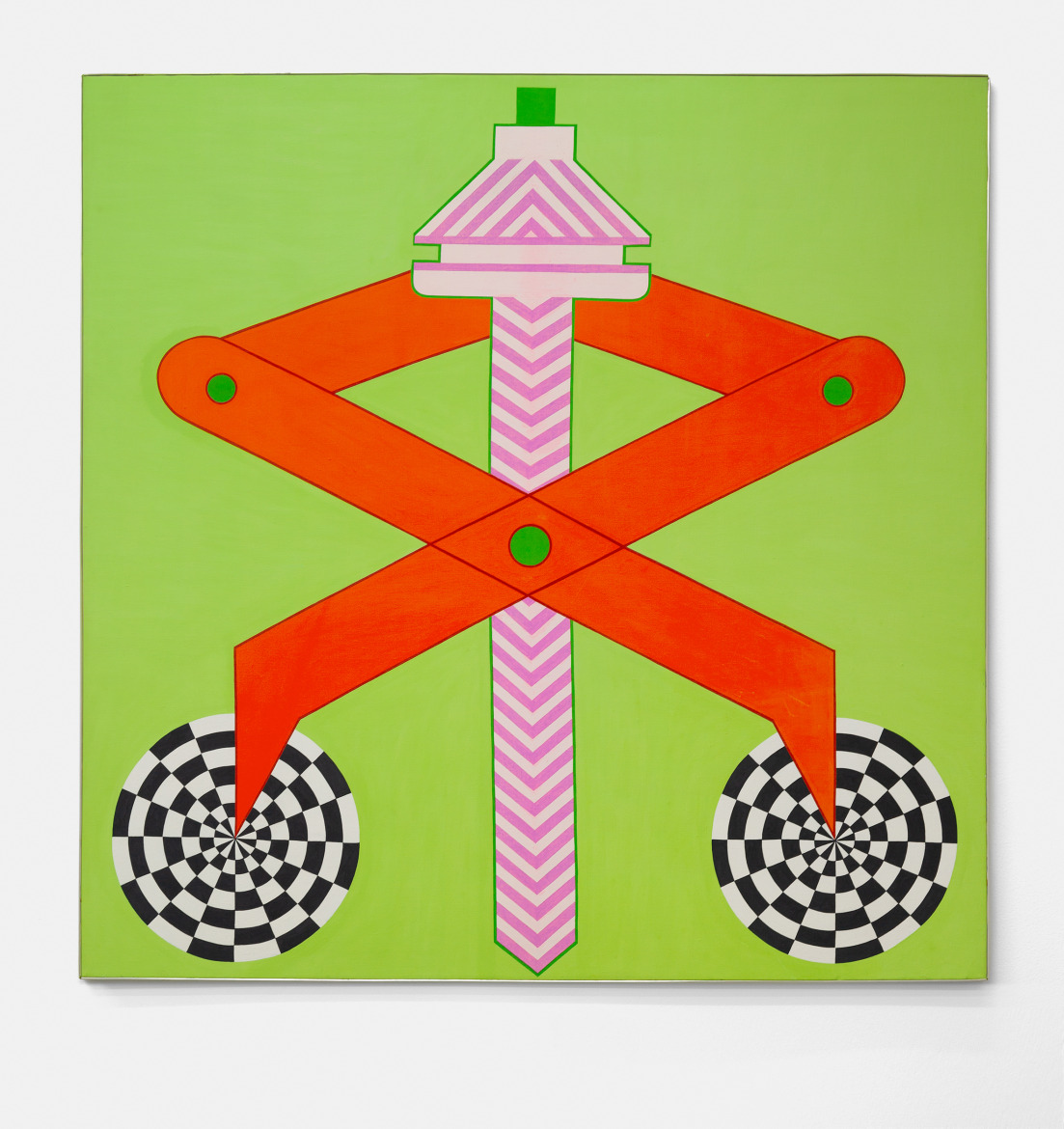
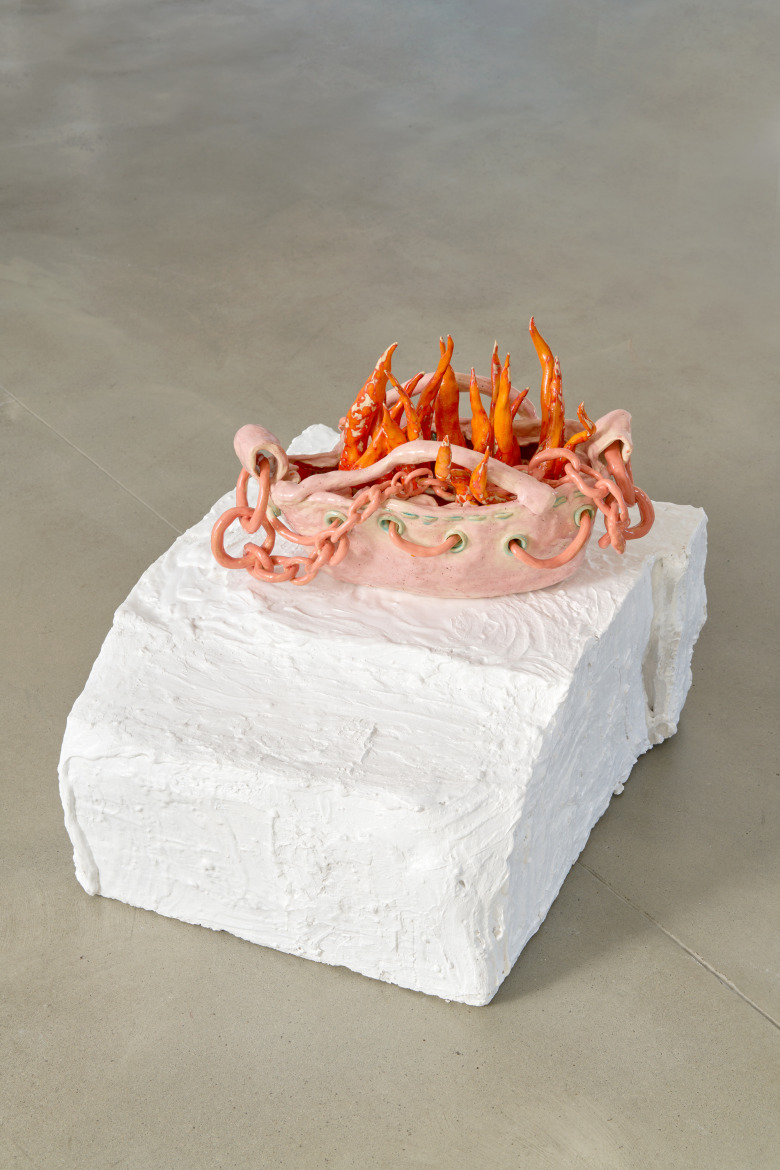
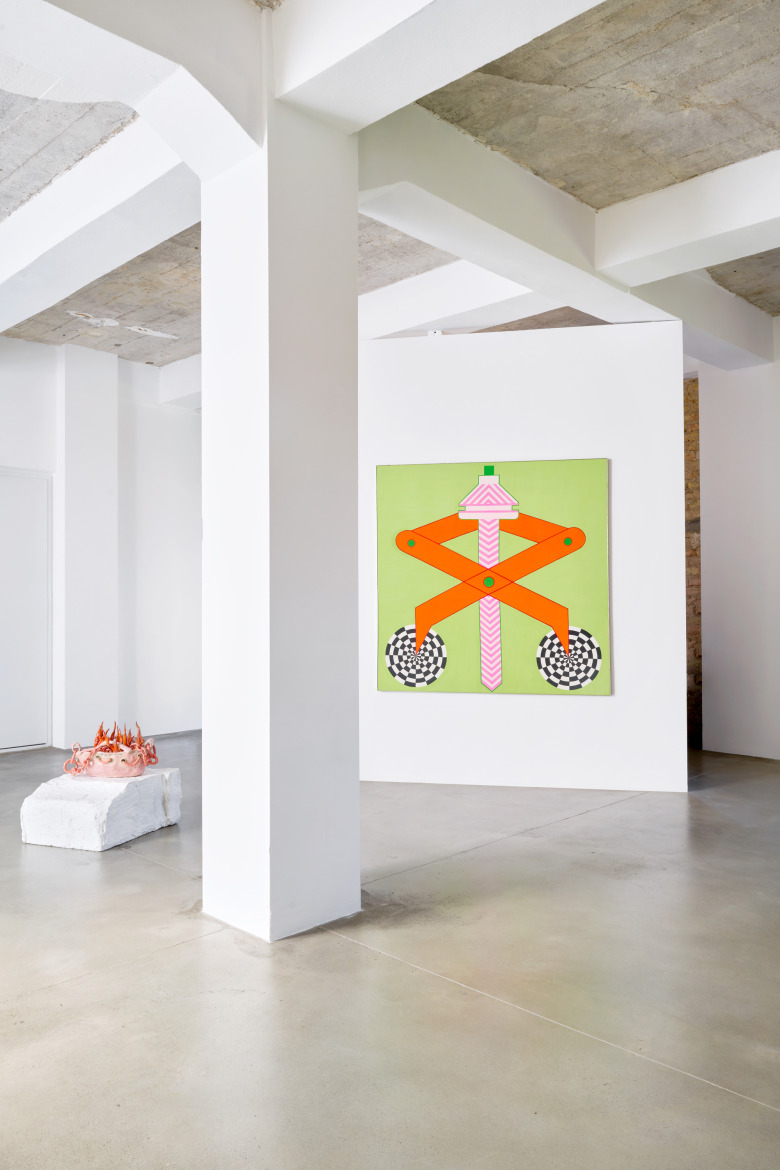
Magisch depressives Badezimmer, was held on Sunday, April 28, presenting works by Sine Hansen (1942-2009) in dialogue with works by Nschotschi Haslinger (*1982).












Magisch depressives Badezimmer, was held on Sunday, April 28, presenting works by Sine Hansen (1942-2009) in dialogue with works by Nschotschi Haslinger (*1982).
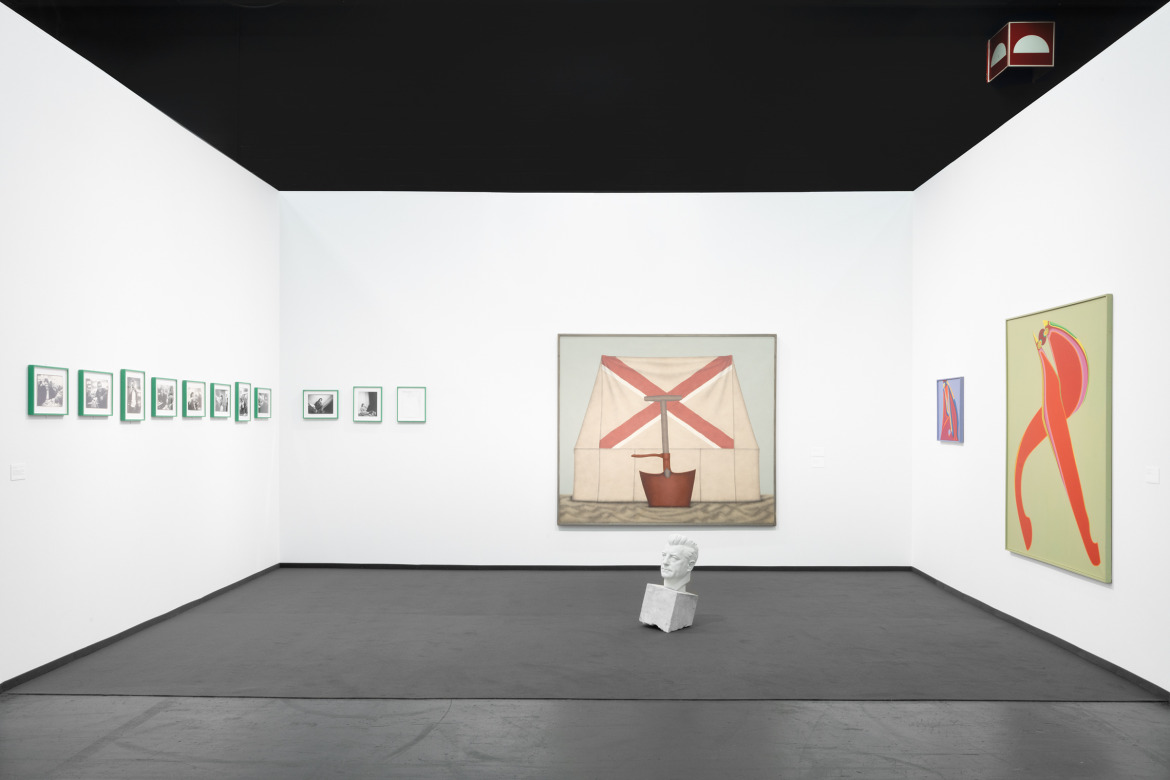
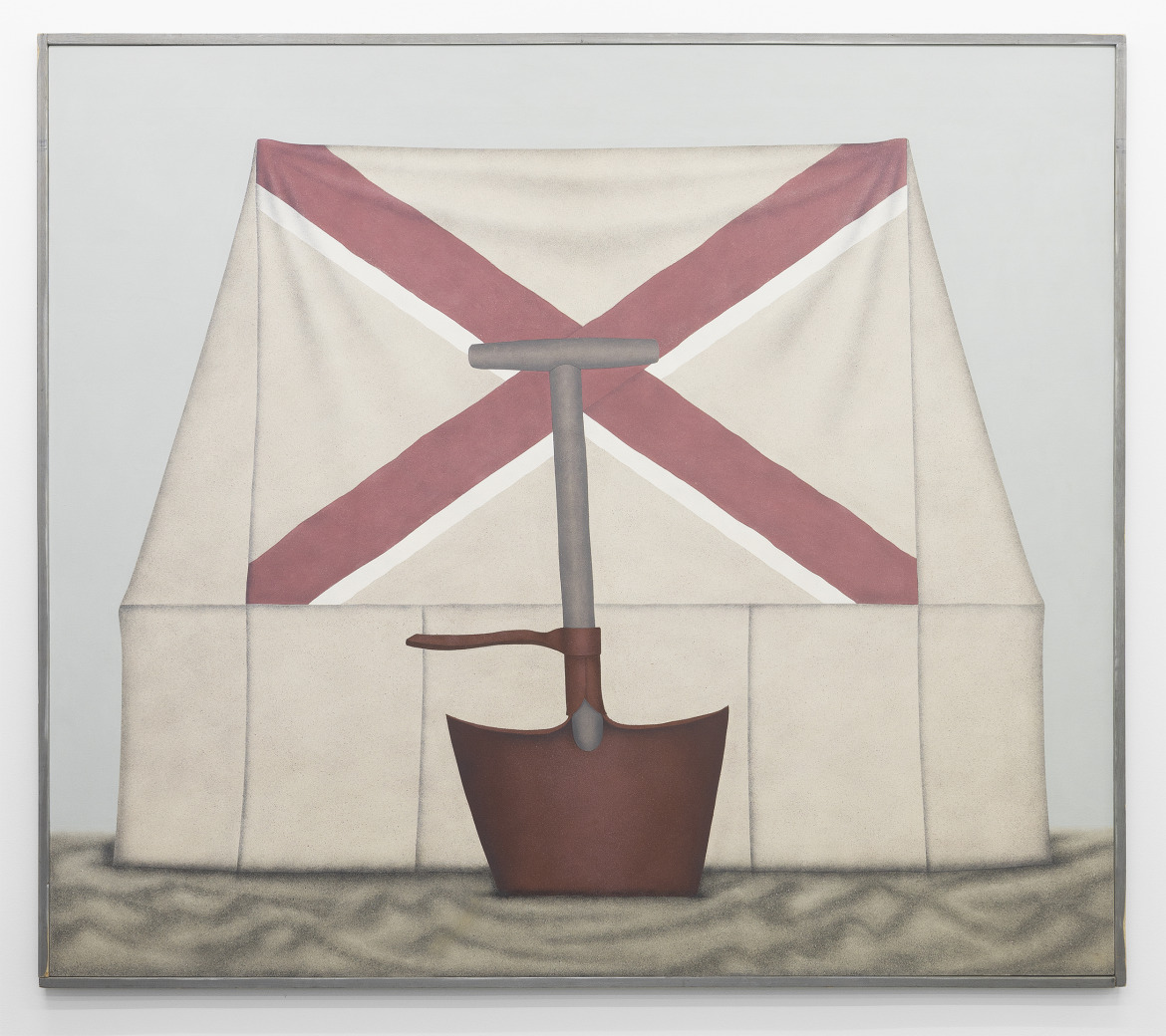
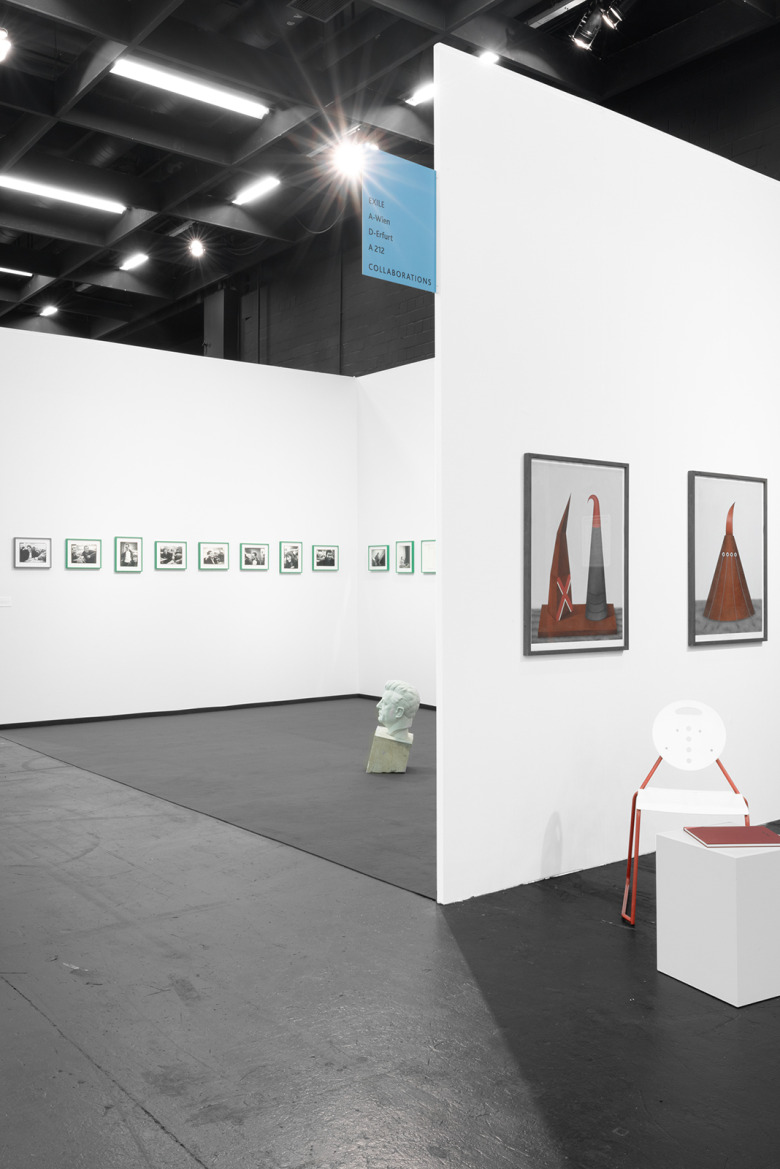
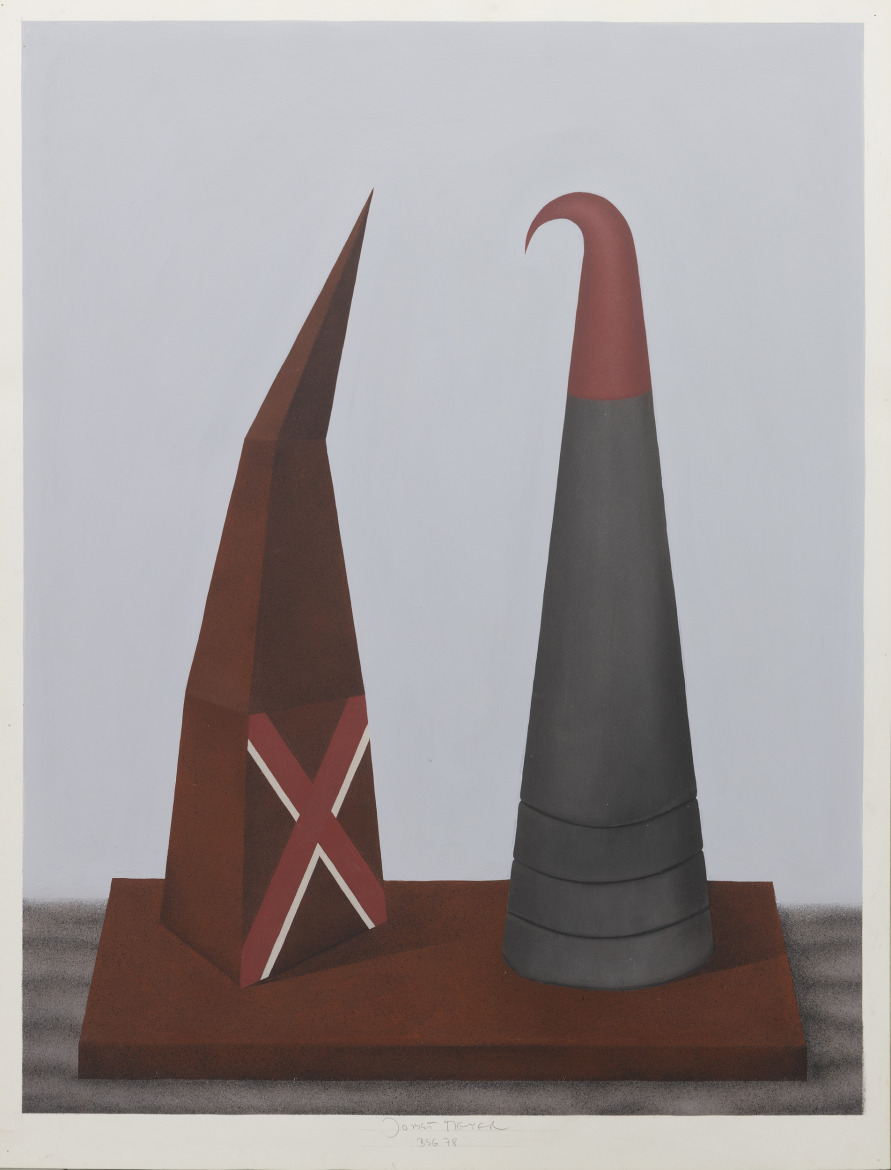



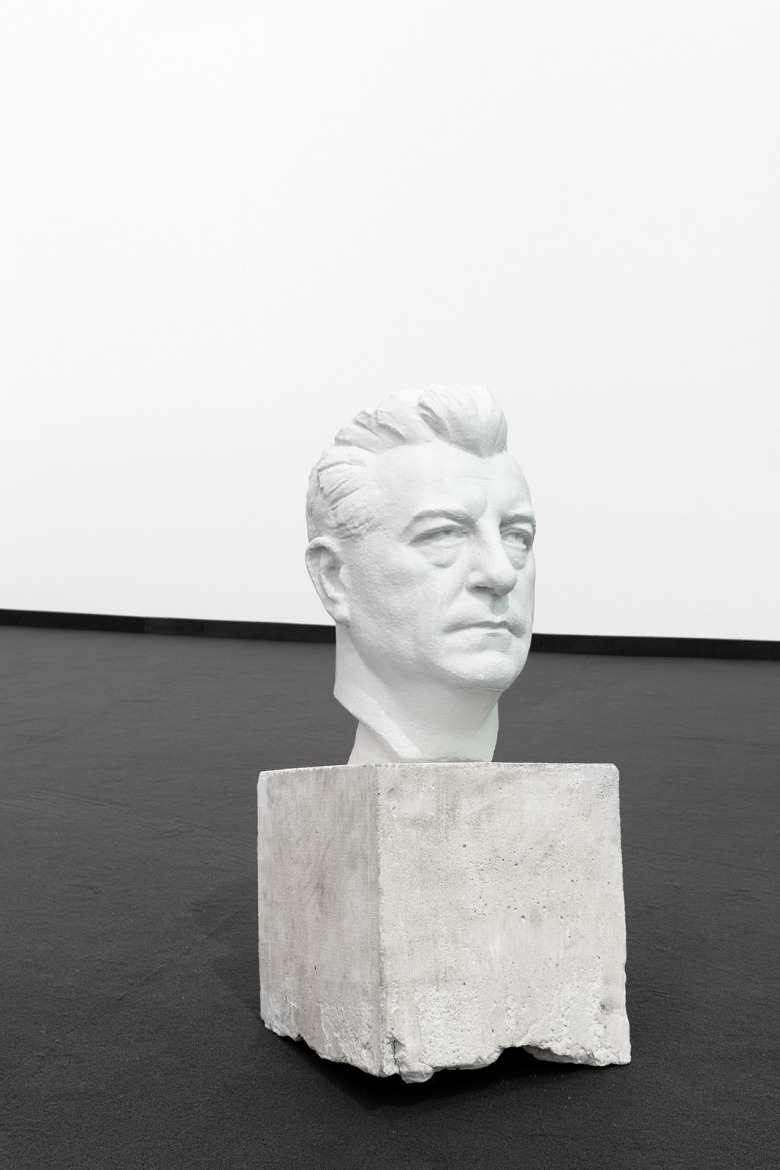
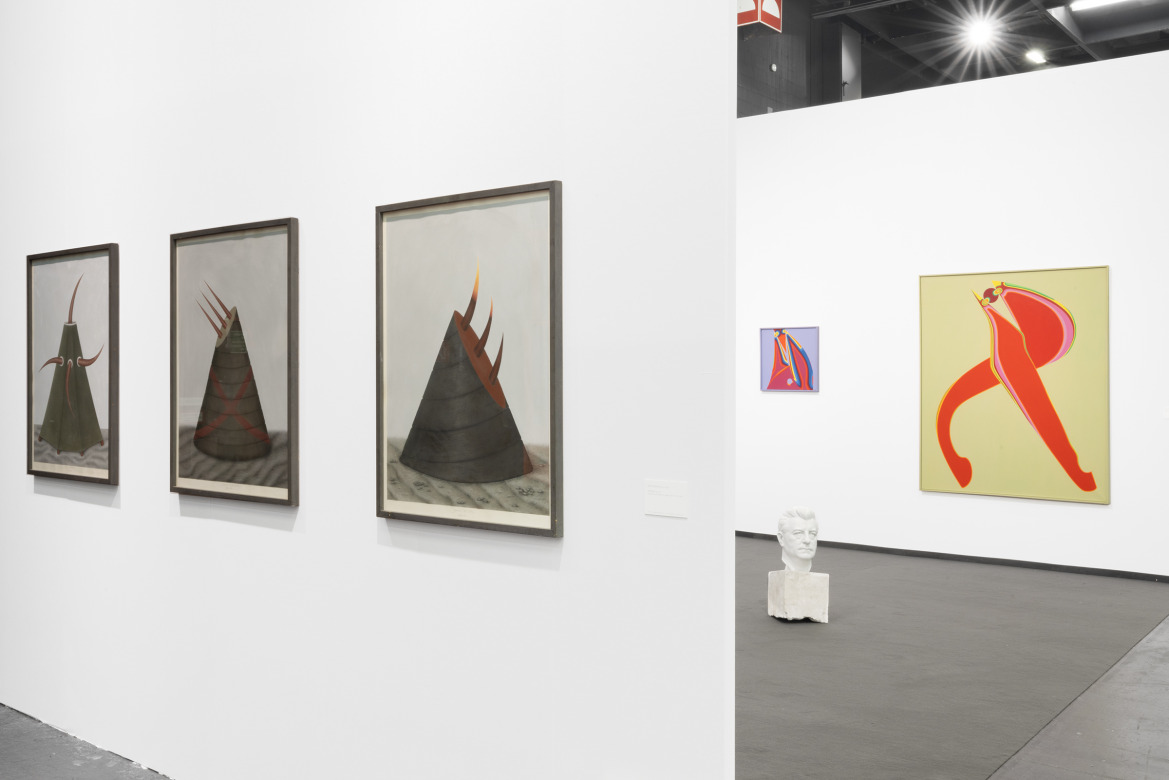
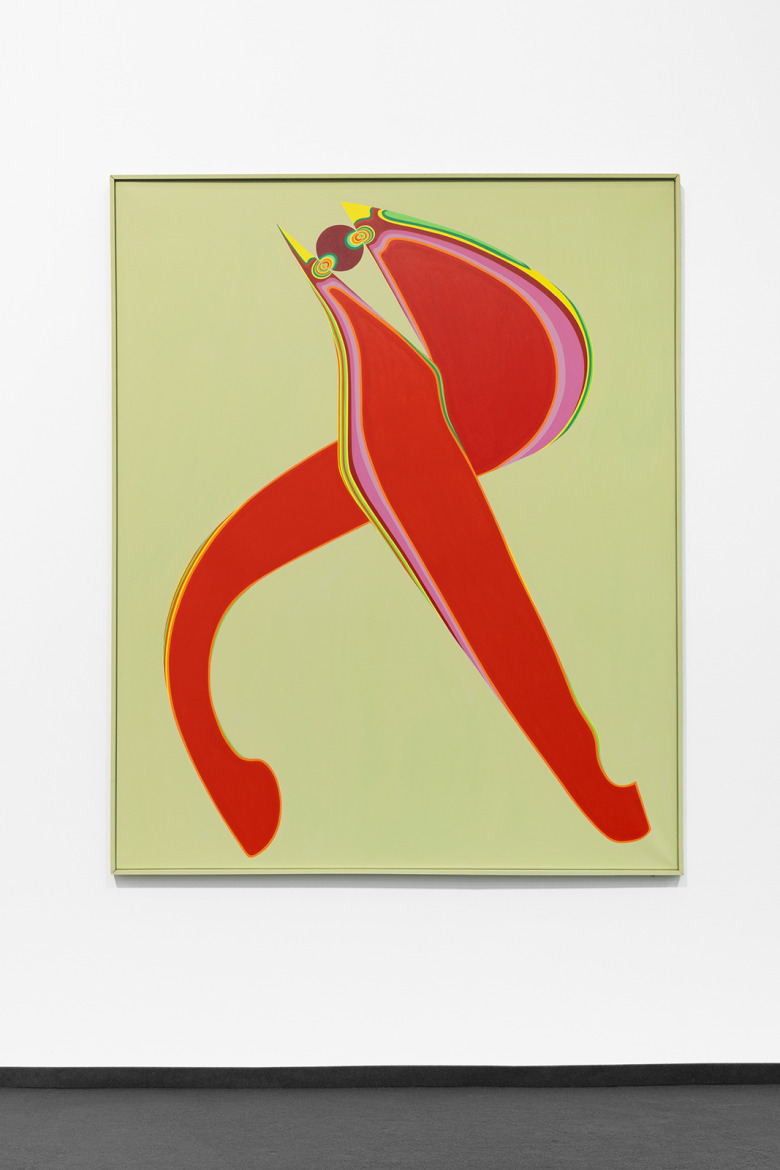
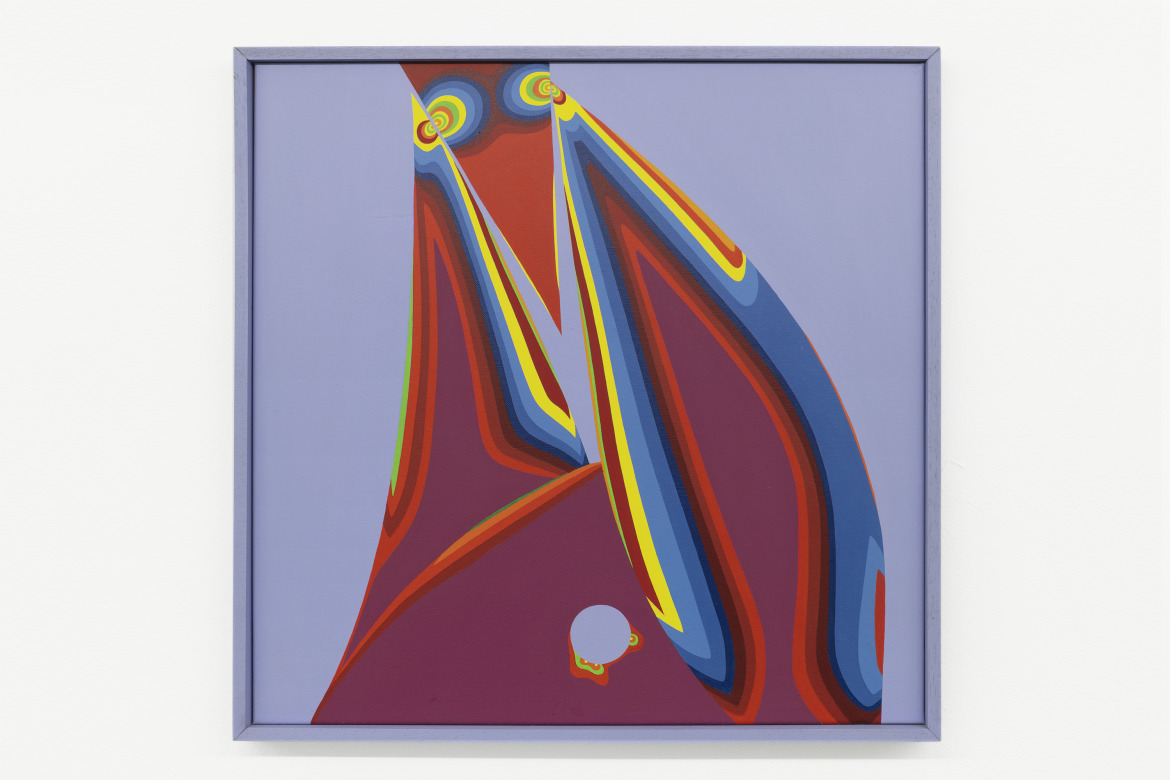
EXILE is returning to Art Cologne with a presentation of works by Astrid Proll (*1947), Jobst Meyer (1940-2017), Sine Hansen (1942-2009), and Zuzanna Czebatul (*1986) as part of the fair’s Collaborations sector. The presentation interweaves various political times and artworks to create a web of interferences that collectively point to contemporary challenges:
1945
Josef Weinheber (1892-1945), a popular German-language poet and devout Nazi commits suicide in advance of the Russian troops to Vienna in April 1945. His exiled peer, Theodor Kramer (1897-1958) writes Requiem für einen Faschisten in response to his former peer’s suicide.¹
1969
Astrid Proll collaborates in the escape of Andreas Baader from the German justice system. Together with Gudrun Ennslin, Peter Borsch, and Thorwald Proll they escape to Paris and take the images later known as Pictures on the Run at a café and private apartment in Paris. Consecutively, the camera is taken away from Proll and disappears.²
Early 1970s
Influenced by the appalling atrocities of the ongoing Vietnam War and repressive domestic politics in Germany, Jobst Meyer paints a series of large-scale canvases picturing tent-like structures depicting charged symbolisms reminiscent of battlefields or war zones. Kreuzzelt and Spaten, 1973, exhibited at the fair, is a rare remaining example.¹
Mid 1970s
The roll of film taken away from Proll in 1969 reappears at Der Stern magazine who markets the images as part of their picture library. Proll lives undercover as Anna Puttick in London and works as a car mechanic.²
Late 1970s
Following her early success, Sine Hansen increasingly withdraws from the artworld and paints her Spannungszangen series out of which two examples are on display at the fair. The large-format painting entitled Die Rote, 1979, arguably a commentary on the repressive political situation of late 1970s Germany, has not been shown since production.³
1980s
The negatives of Pictures on the Run disappear again. Proll receives a set of press prints from Der Stern and further collects images from this roll of film from various other sources.²
1998
Astrid Proll publishes Baader Meinhof: Pictures on the Run ’67-77. Alongside other images taken by arresting police officers and newspaper journalists the publication includes the 1969 Paris photos. Concurrently to a feature in British life-style magazine Dazed & Confused, Proll is invited to create an exhibition alongside the publication which is curated by influential German photographer, curator and collector F.C. Gundlach (1926-2021).²
2021
A statue of Joseph Weinheber remains prominently displayed near EXILE’s location in Vienna igniting the exhibition Monument Error with works by Jobst Meyer and Zuzanna Czebatul. As part of the exhibition, Czebatul digitizes the statue and renders a distorted monument from the source.¹
2023
Astrid Proll exhibits at EXILE Erfurt.²
Perpetual (Weinheber), 2023 by Zuzanna Czebatul, Kreuzzelt und Spaten, 1973 by Jobst Meyer, Die Rote, 1979 by Sine Hansen, and Astrid Proll’s original set of Pictures on the Run, last seen in 1998, are exhibited collaboratively at Art Cologne. Please find us at Hall 11.2, booth A 212.4
The exhibited works collaboratively aim to apply parallels of past repressive political climates to today’s realities.
This presentation at Art Cologne is kindly supported by Wirtschaftsagentur Wien. Ein Fonds der Stadt Wien.
¹→Zuzanna Czebatul and Jobst Meyer: Monument Error
²→Astrid Proll: Pictures on the Run
³→Sine Hansen: Spannungszangen
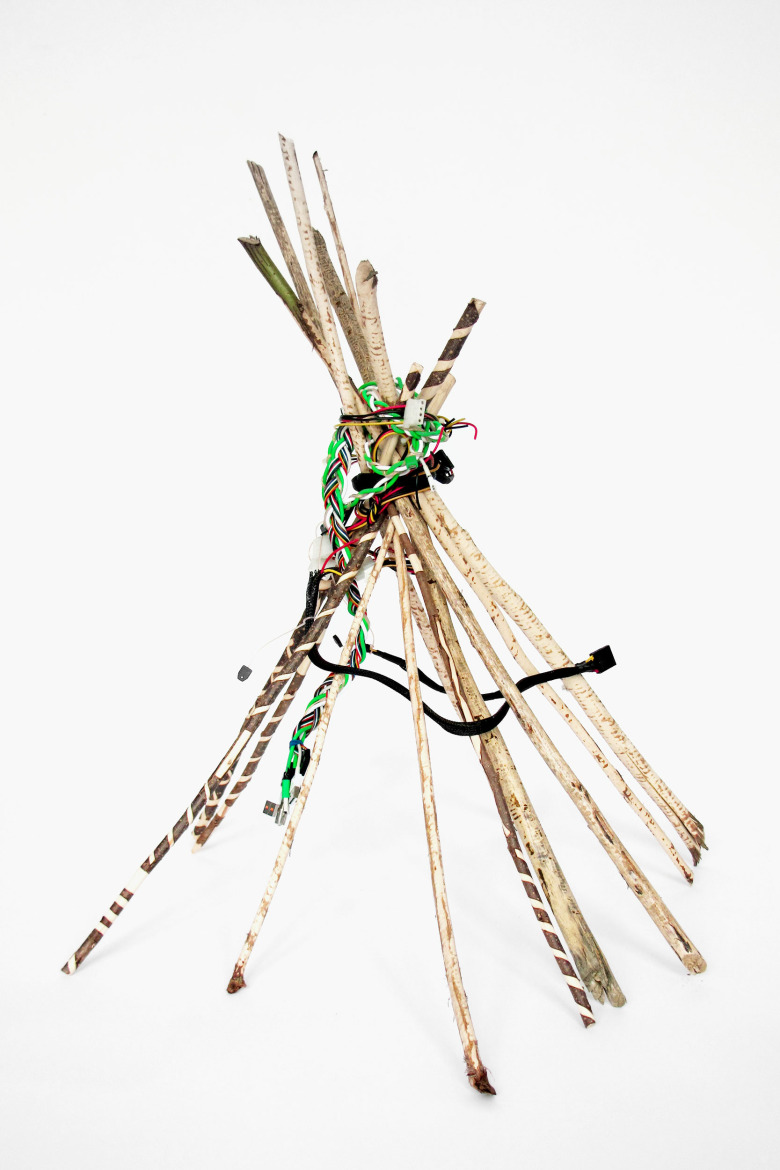
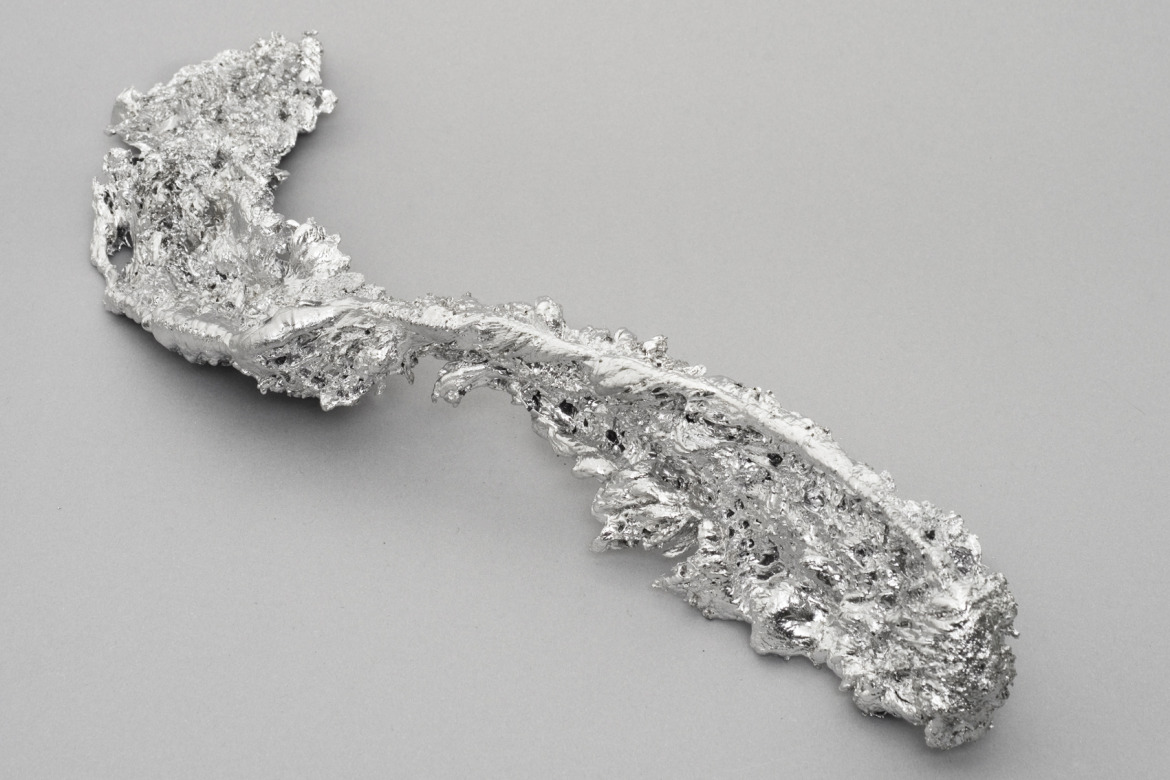
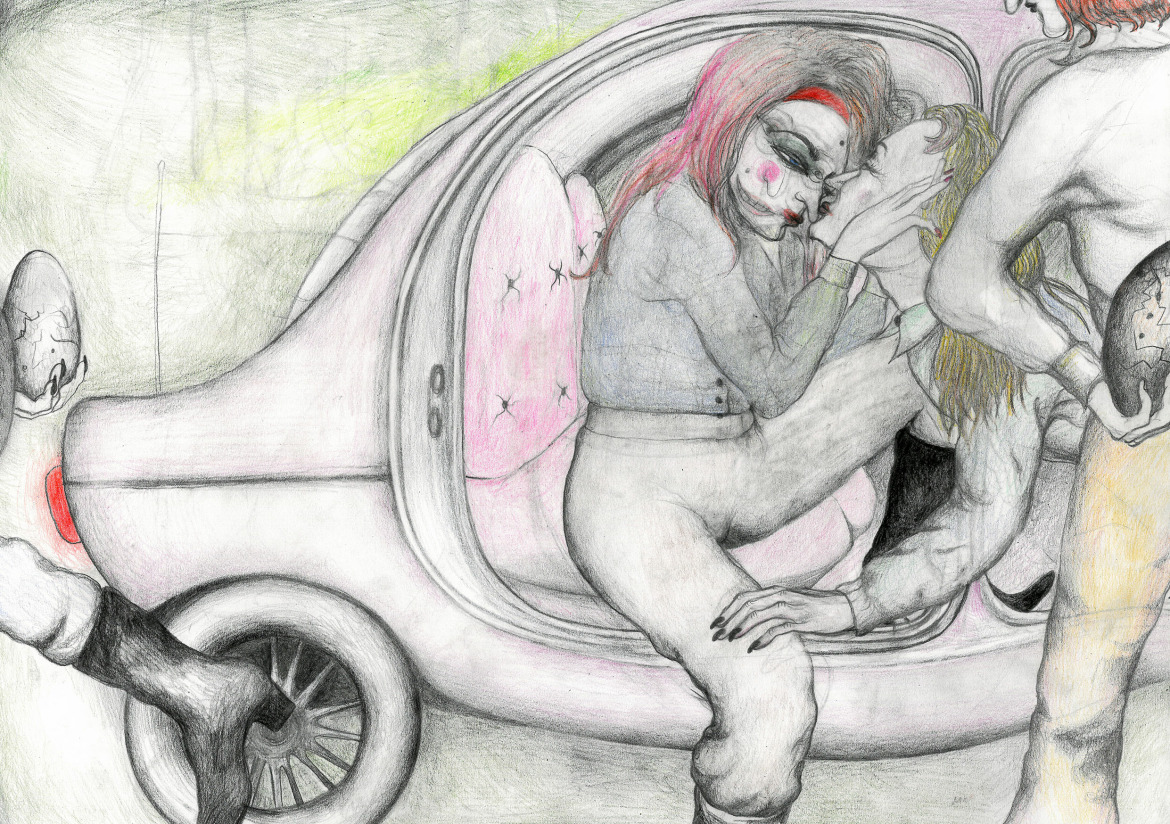

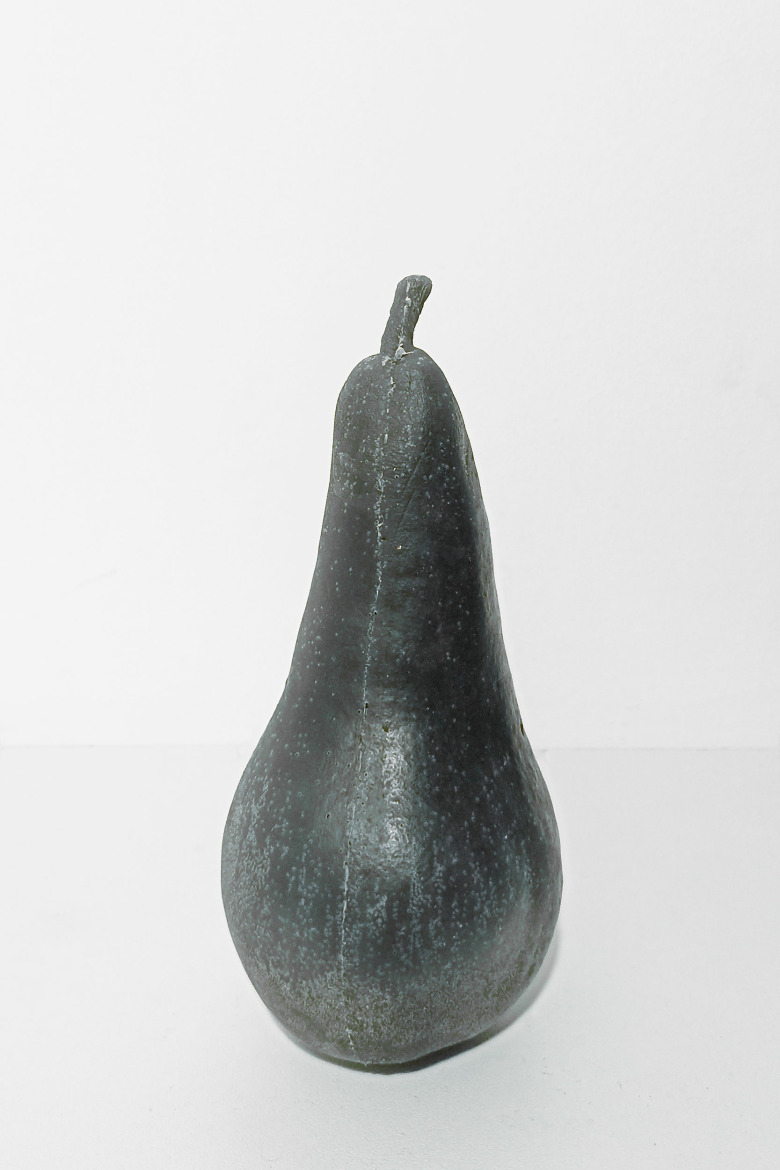

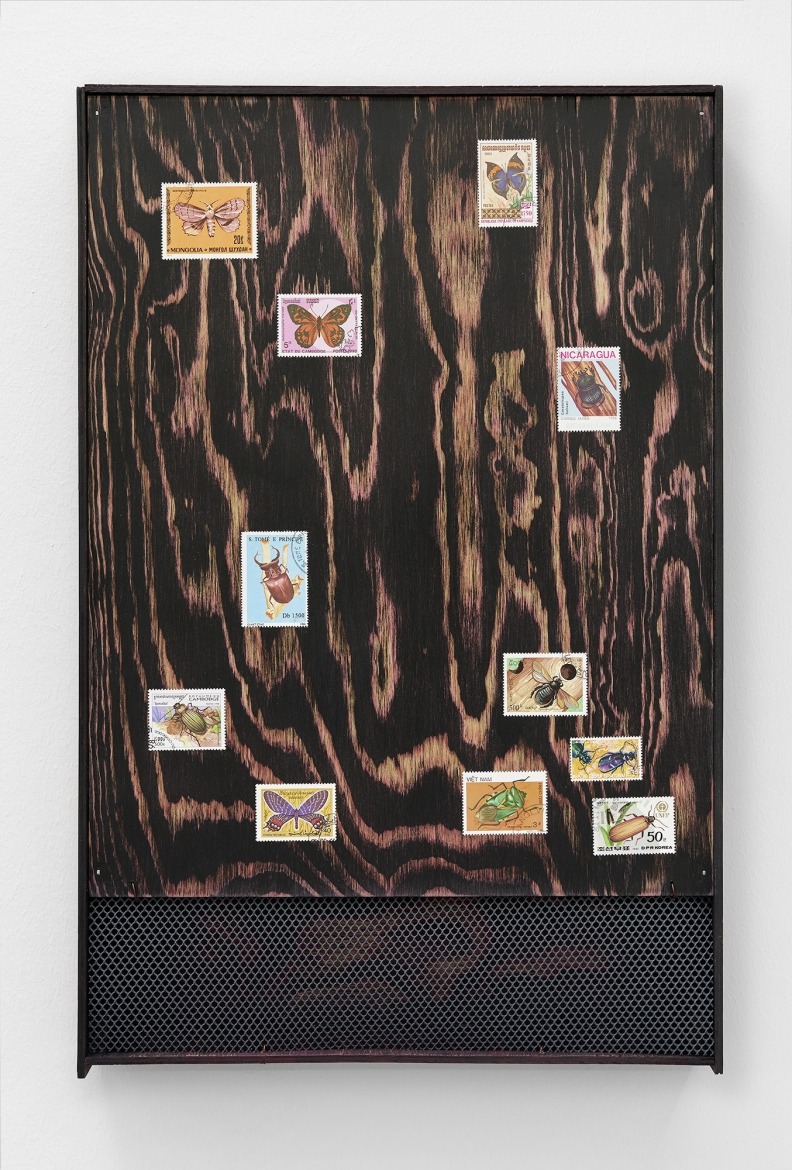
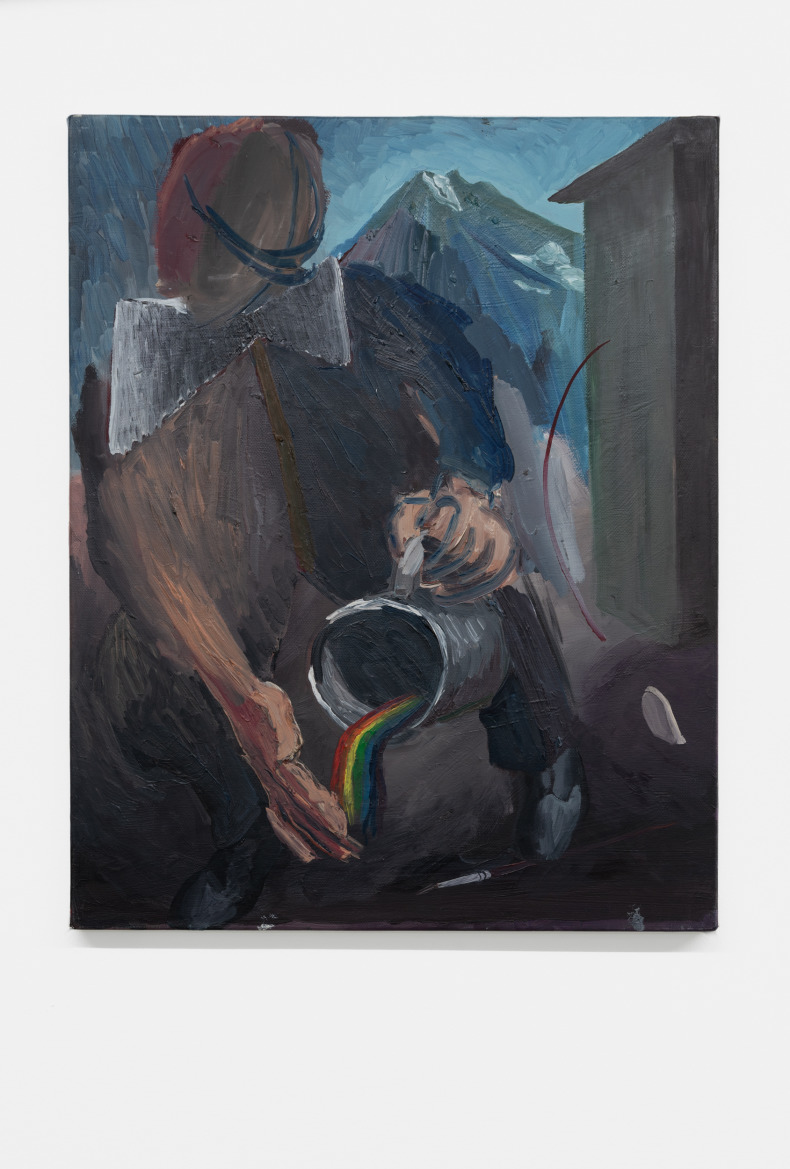
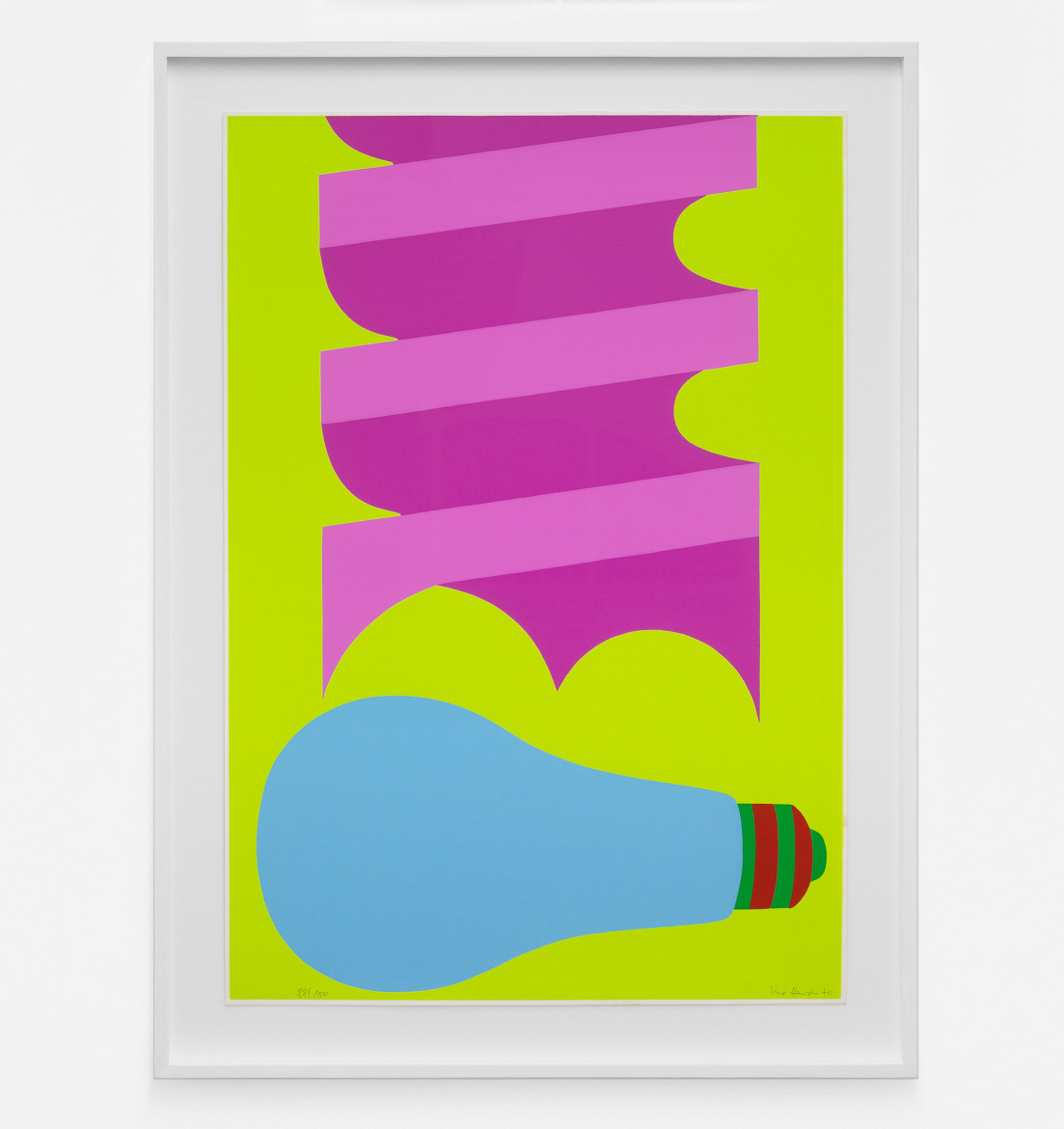
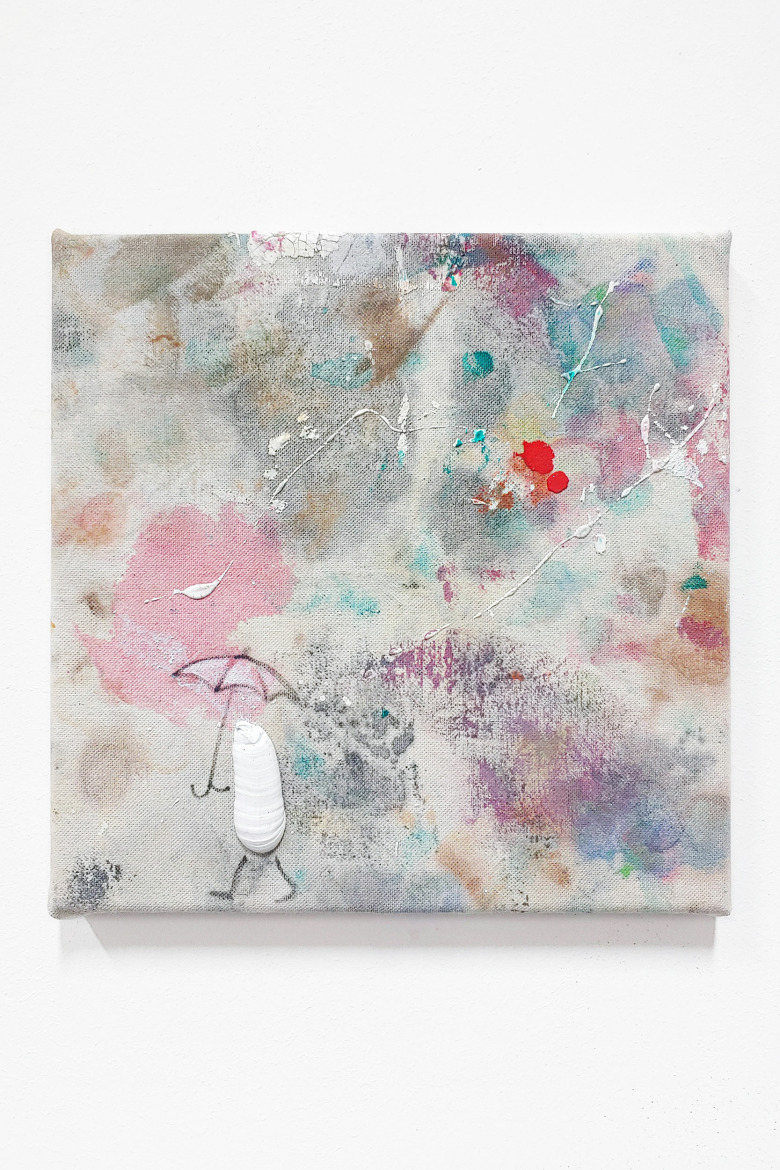
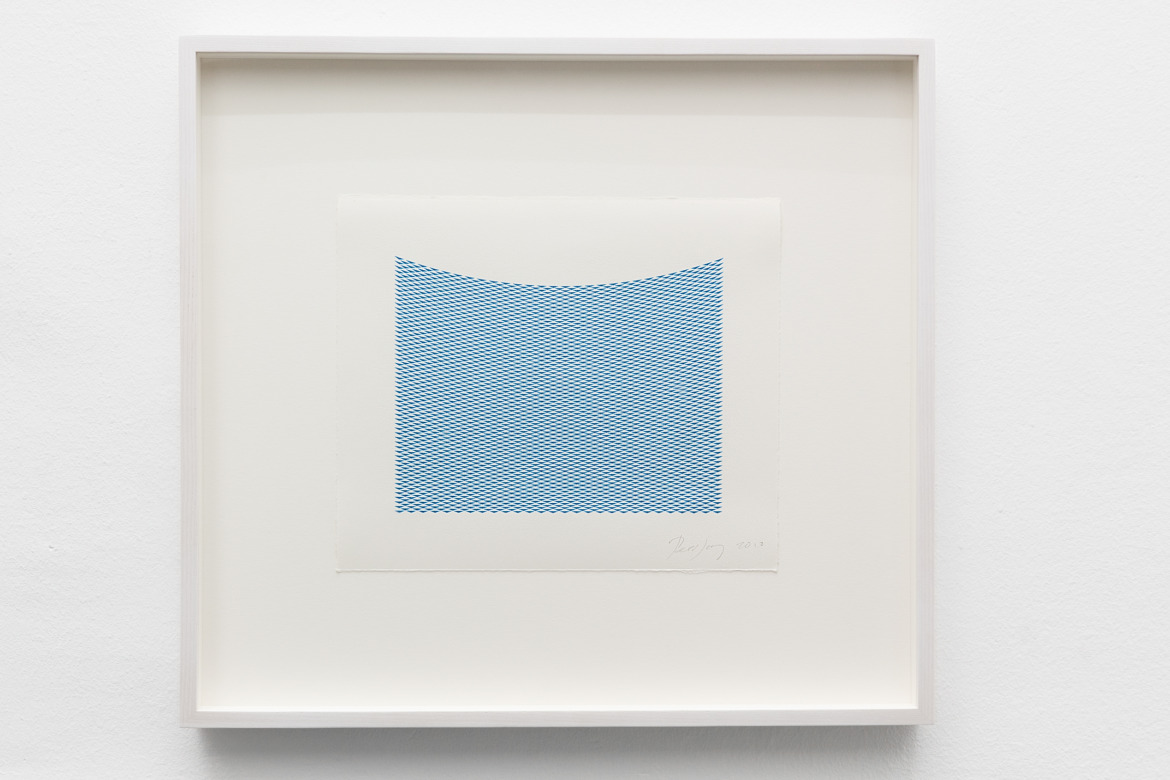
EXILE and the participating artist have taken the ongoing global crises as a starting point to offer selected artworks at a reduced price to directly support various charitable causes. The ten selected artworks were offered at a fixed price of 1.000 EUR to be donated directly by the buyer to the cause selected by the respective artist donating the work.
We would like to thank everyone for taking initiative, acquiring an artwork and donating to the causes selected by each artist. Thank you!
The offered artworks of 10×1000 were:
Kinga Kiełczyńska: Hidden interface (beaver and Andrii), 2022. Garden waste of hand-carved hazelnut shoots, beaver-worked driftwood, reclaimed cables, 90 x 60 x 60 cm
Exhibited as part of the artist’s →solo exhibition at EXILE in 2022
1.000 EUR to be donated directly to →Polish Humanitarian Action
Erik Niedling: Future 01/19/17, 2017. Tin, Lead, 8 x 53 x 18.5 cm
Exhibited as part of the artist’s →solo exhibition at EXILE in 2017
1.000 EUR to be donated directly to →Doctors without Borders
Nschotschi Haslinger: Untitled, 2019. Color pencil on paper, 30 x 42 cm
Features on the cover of →Index Nr 86, Jan 2019
1.000 EUR to be donated directly to →Doctors without Borders
Kerstin von Gabain: Pear I & II, 2022. Wax, 13 x 6 x 6 cm each
500 EUR each to be donated directly to →Caritas Ukraine Funds
Gwenn Thomas: Standard Candles, 2017. Wood and black acrylic paint, 52 x 46 x 26,5 cm
Exhibited as part of the artist’s →solo exhibition at EXILE in 2017
1.000 EUR were donated directly to →Fight for Right Ukraine
Martin Kohout: Coll., Mongolia-Cambodia, 2016. Wood, stamps, plastic grid, 52 x 34 x 7 cm
1.000 EUR were donated directly to →Fight for Right Ukraine
Sine Hansen: Bohrer mit Birne, 1970. Screen print, 61 x 42 cm.
Exhibited as part of the artist’s →solo exhibition at EXILE in 2021.
1.000 EUR were donated directly to →Medeor Fund for Ukrainian hospitals
Pauł Sochacki: Waiting for the rainbow, 2022. Oil on canvas, 27 x 27 cm
1.000 EUR were donated directly to →United Nations Refugee Agency
Nazim Ünal Yilmaz: Tare, 2010. Oil on canvas, 50 x 40 cm
Exhibited as part of the artist’s →solo exhibition at EXILE in 2020
1.000 EUR were donated directly to →Palestine Children’s Relief Fund
Tess Jaray: Untitled (Navy Blue), 2010. Unique inkjet on archival paper, 20.2 x 24.2 cm
Exhibited as part of the artist’s →solo exhibition at EXILE in 2019
1.000 EUR were donated directly to →Red Cross Ukraine Funds
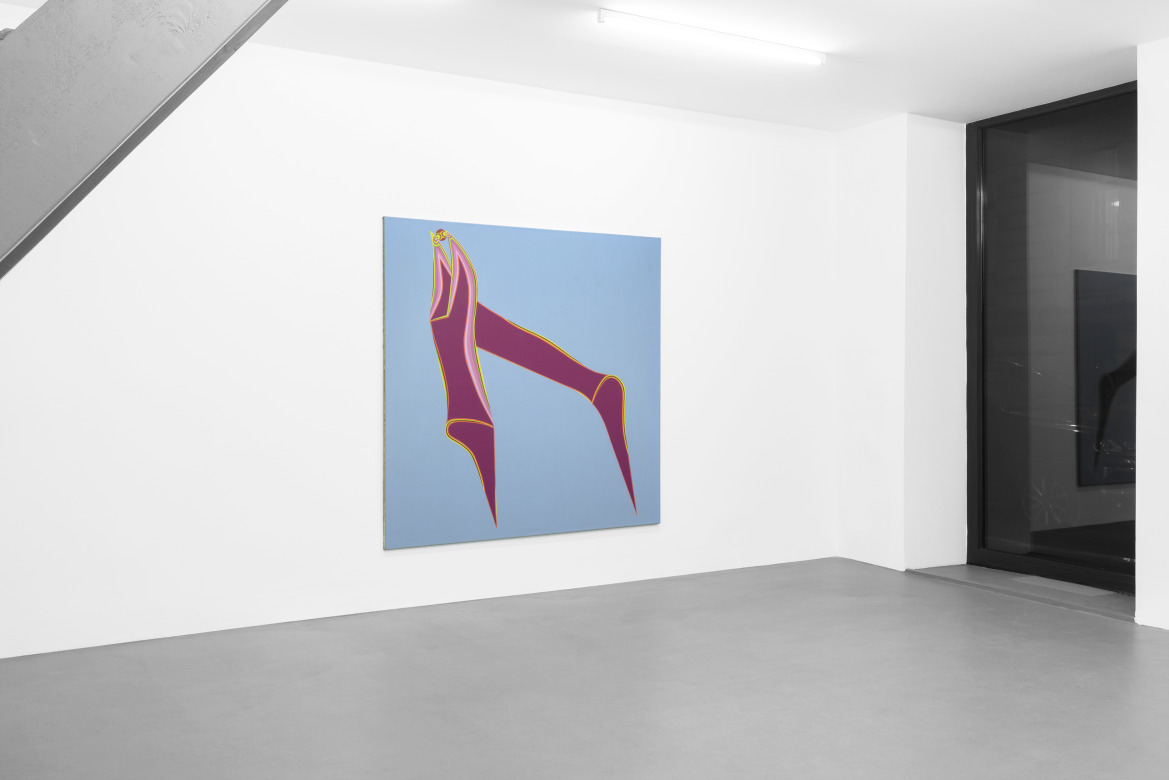

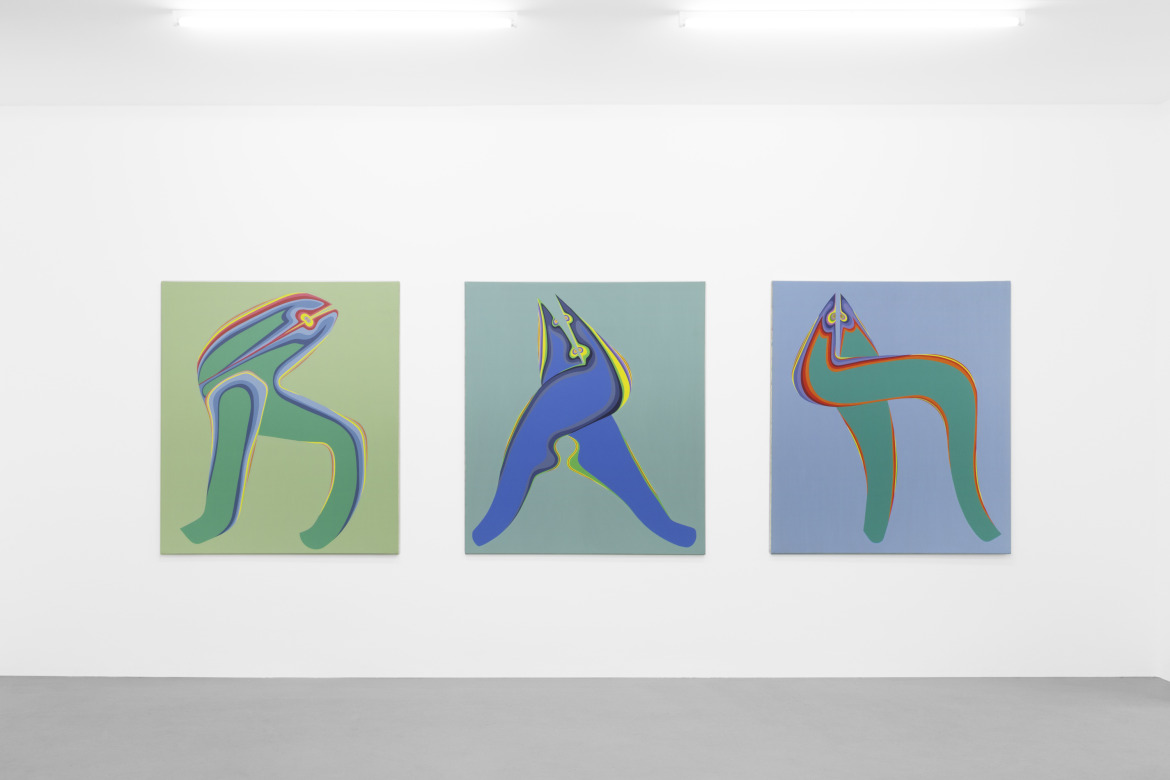

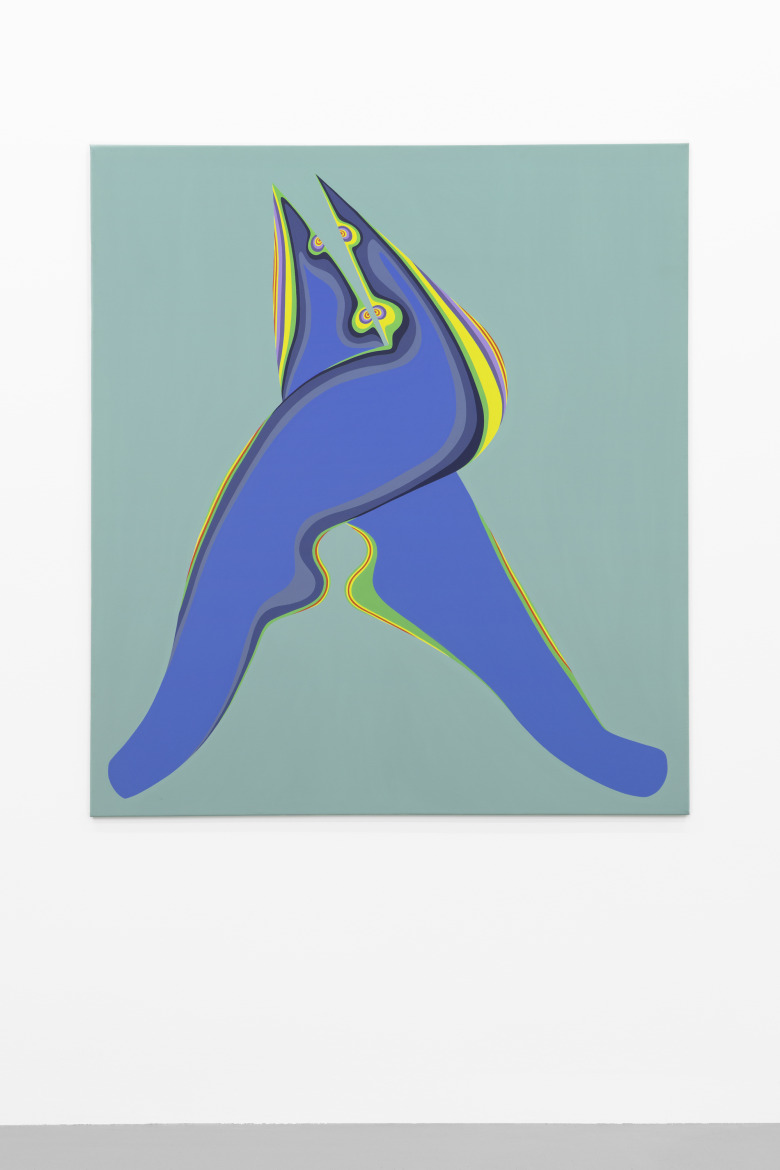
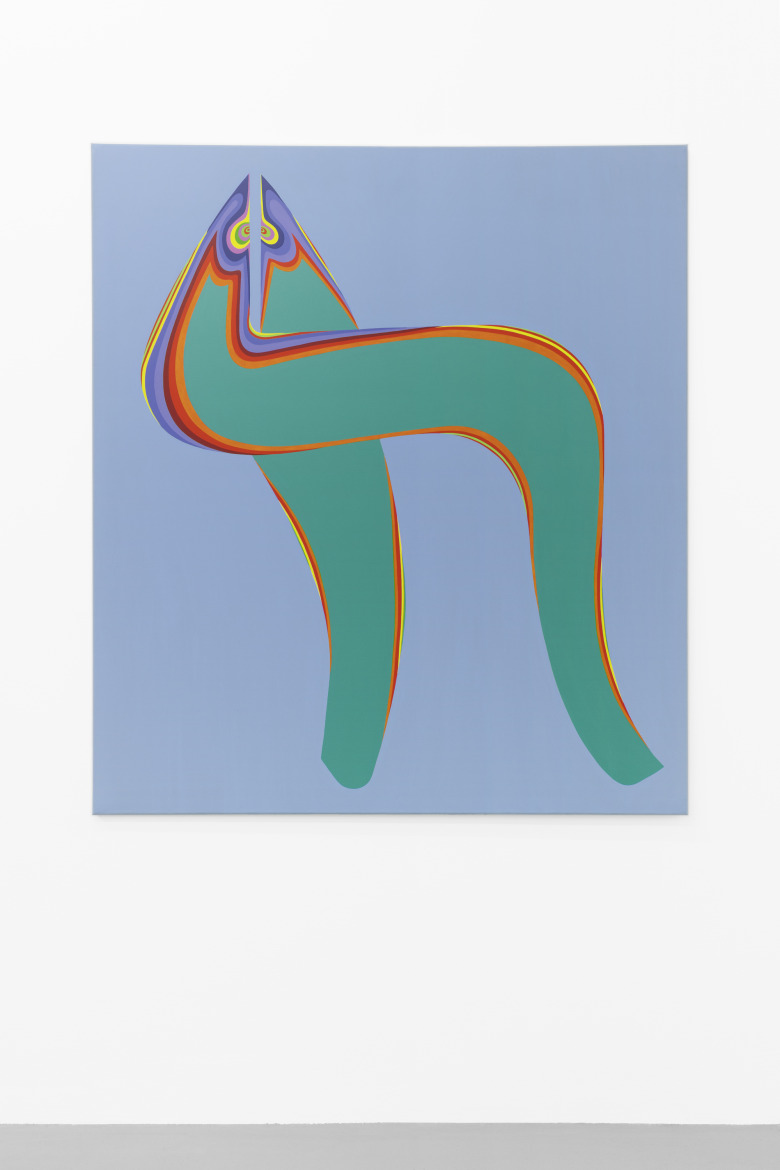
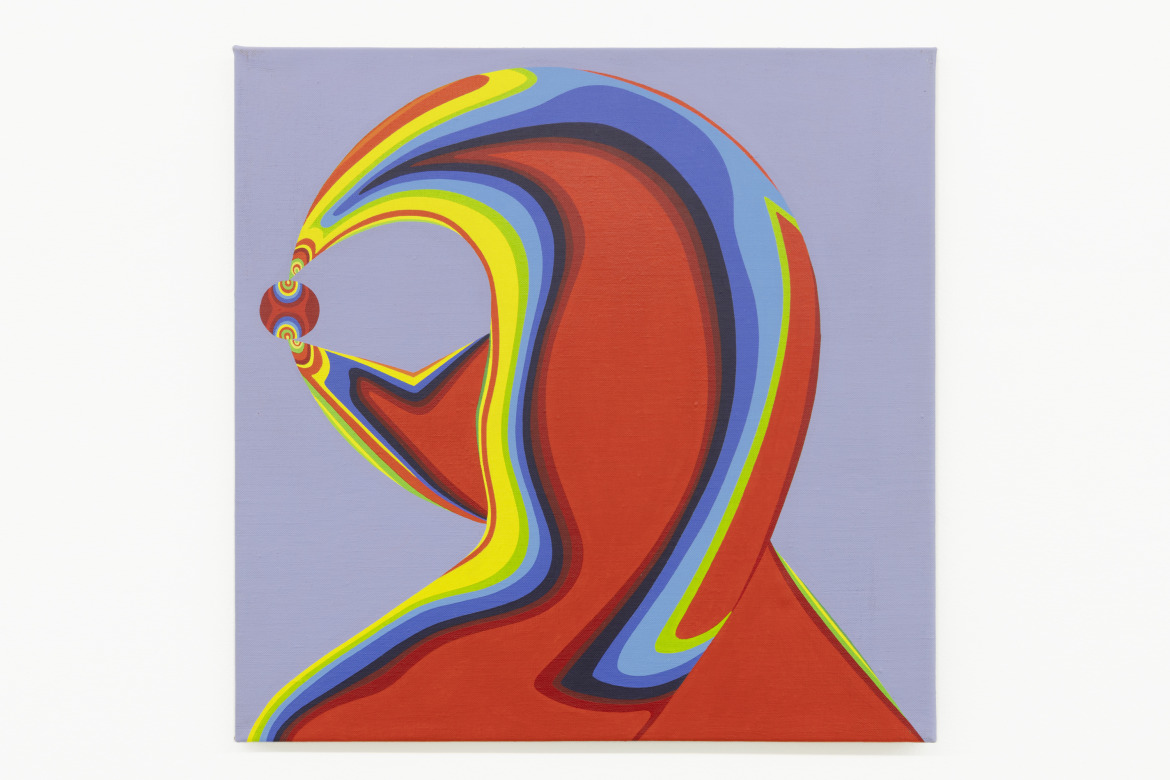

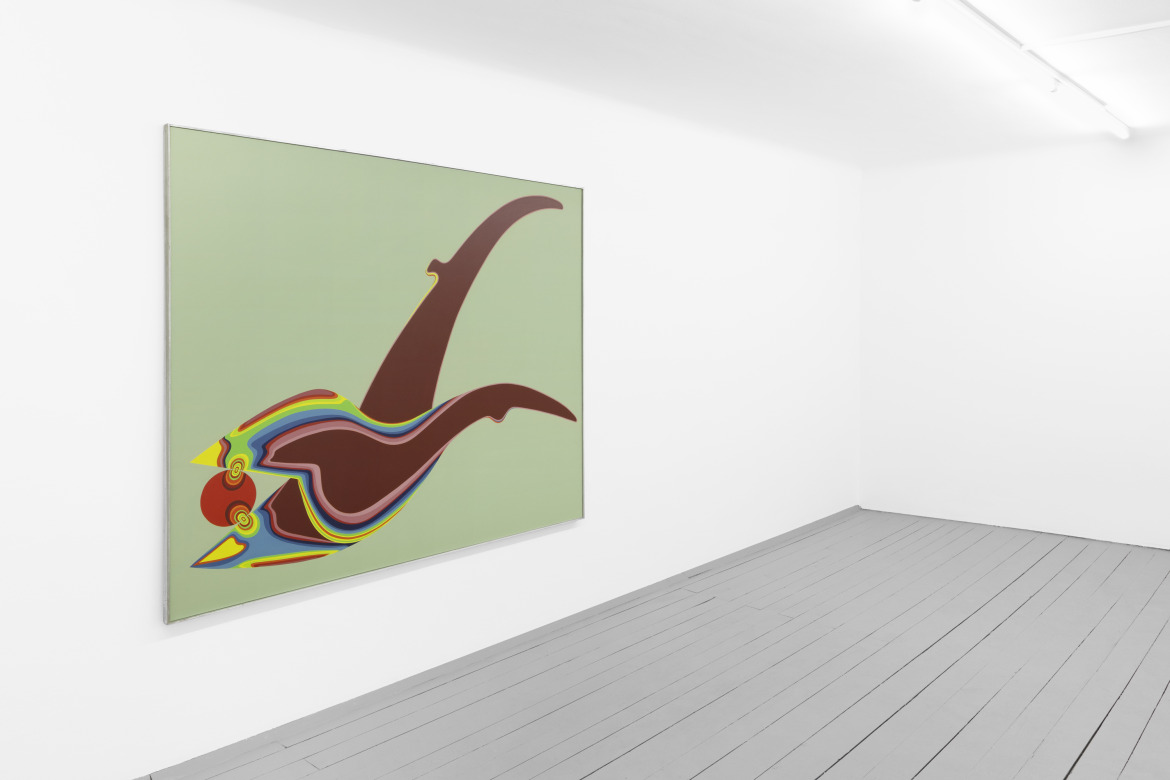

Following the fist solo exhibition in 2021 focusing on Sine Hansen’s works from the 1960s, EXILE is pleased to now present the exhibition Spannungszangen featuring six of the artist’s paintings from the 1970s. Many of the works in this exhibition have not been exhibited since the time of their production.
Sine Hansen’s Spannungszangen Series (1974-1979) take on tension as a formal technique and an embodied phenomenon in vibrant portraits of acrobatic pliers. These paintings are tightly wound, highly precise. Their dancing forms appear caught mid-step, as if preparing for a pirouette in almost-rainbow hues. I think of a rubber band pulled taught: something about to spring into motion. Painting tools and other household objects throughout the 1960s—light bulbs, safety pins, scissors, Hansen developed a bright, popish visual language by juxtaposing pared-down depictions of these instruments in egg tempera, acrylic and screen print.
The Spannungszangen, to which she devoted much of the 1970s, were a breakthrough, harnessing a potent and playful energy. Now working in acrylic, she animated these fastidiously flat, monochrome shapes with a kind of life force, contouring their green and red forms with thin stripes of high-contrast chroma. Alongside their contrasting colors, these anthropomorphized tools derive their power from enacting a series of tensions: between levity and control, razor edges and rounded curves, biomorphic and mechanical, masculine and feminine.
In casting these tools as feminized bodies, Hansen sharpened her work’s feminist edge in concert with the transnational feminist art movement burgeoning at the time. Sine Hansen transported her own experience and observation into a colorful and imaginative, yet highly controlled, painterly register. She amassed a collection of pliers and clamps that she looked to as source material and was also influenced by images of force- field experiments that she had seen via a friend working at a scientific-technology company in Braunschweig, where she graduated from the Hochschule für Bildende Künste in 1966 and lived and worked until her death in 2009.
On a basic level, these paintings mess with gender binaries, as stereotypically masculine tools take on feminine curves. The works may have reflected her own confrontation with the patriarchy, as her immediate success with numerous exhibitions and accolades after art school was soon challenged by the deeply misogynist milieu in which she found herself. Despite such personal resonance, however, Hansen was after a kind of artwork that shed subjectivity to tap into what she described as the anonymity of a system of signs. There is something glyph-like about the Spannungszangen – I imagine bodies stretching to shape letters, or something of the bend in a graffiti tag. When the personal is political, it’s also a sign or a symbol. And a form of tension.
Where the feminist thrust of Hansen’s work comes immediately to the fore and could be compellingly situated in dialogue with other practices with parallel concerns (from Margaret Raspé’s camera-helmet films to Mira Schor’s punctuation paintings), her exploration of tension in these paintings also transcended sociopolitical context. In a statement on her work published in 1970, she wrote, “Controlling aggression is a key dimension of my practice. Things produced in this way carry a certain kind of information.” Like a kind of body language, the Spannungszangen manifest a form of non-verbal communication. To borrow Prunella Clough’s turn of phrase, these are paintings that “say a small thing edgily.”
Camila McHugh
Parallel to this exhibition EXILE is pleased to inaugurate a new exhibition space in the German city of Erfurt, Thuringia on March 18 presenting a solo exhibition of Sine Hansen’s partner Jobst Meyer. The exhibition is entitled Konstruktionen der Neunziger and features paintings created during the 1990s in response to the fundamental socio-political changes due to German unification.
→Jobst Meyer: Konstruktionen der Neunziger at EXILE Erfurt
→EXILE Vienna, Elisabethstrasse 24, 1010 Vienna, Austria
FEATURES
→OFLUXO
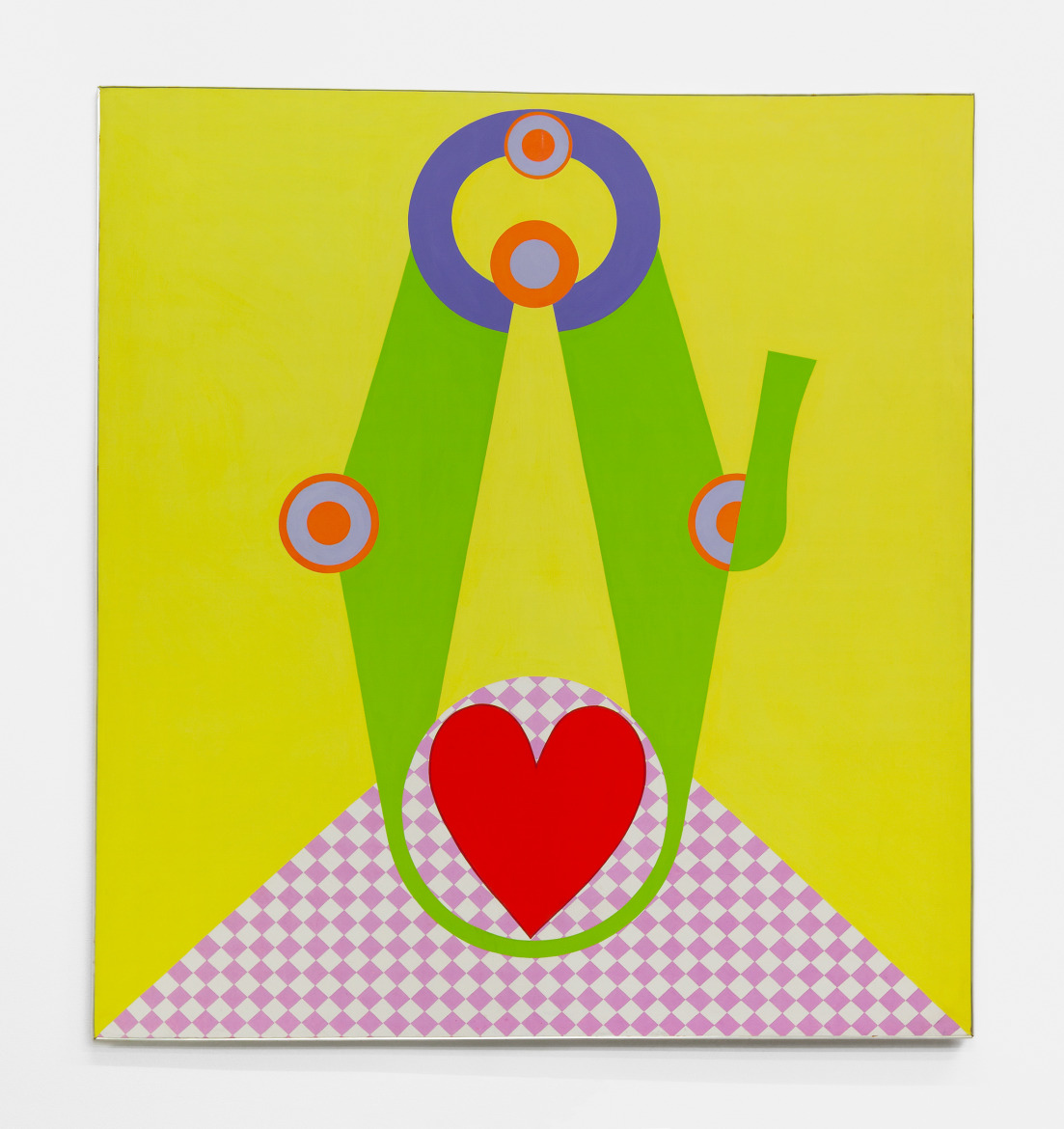
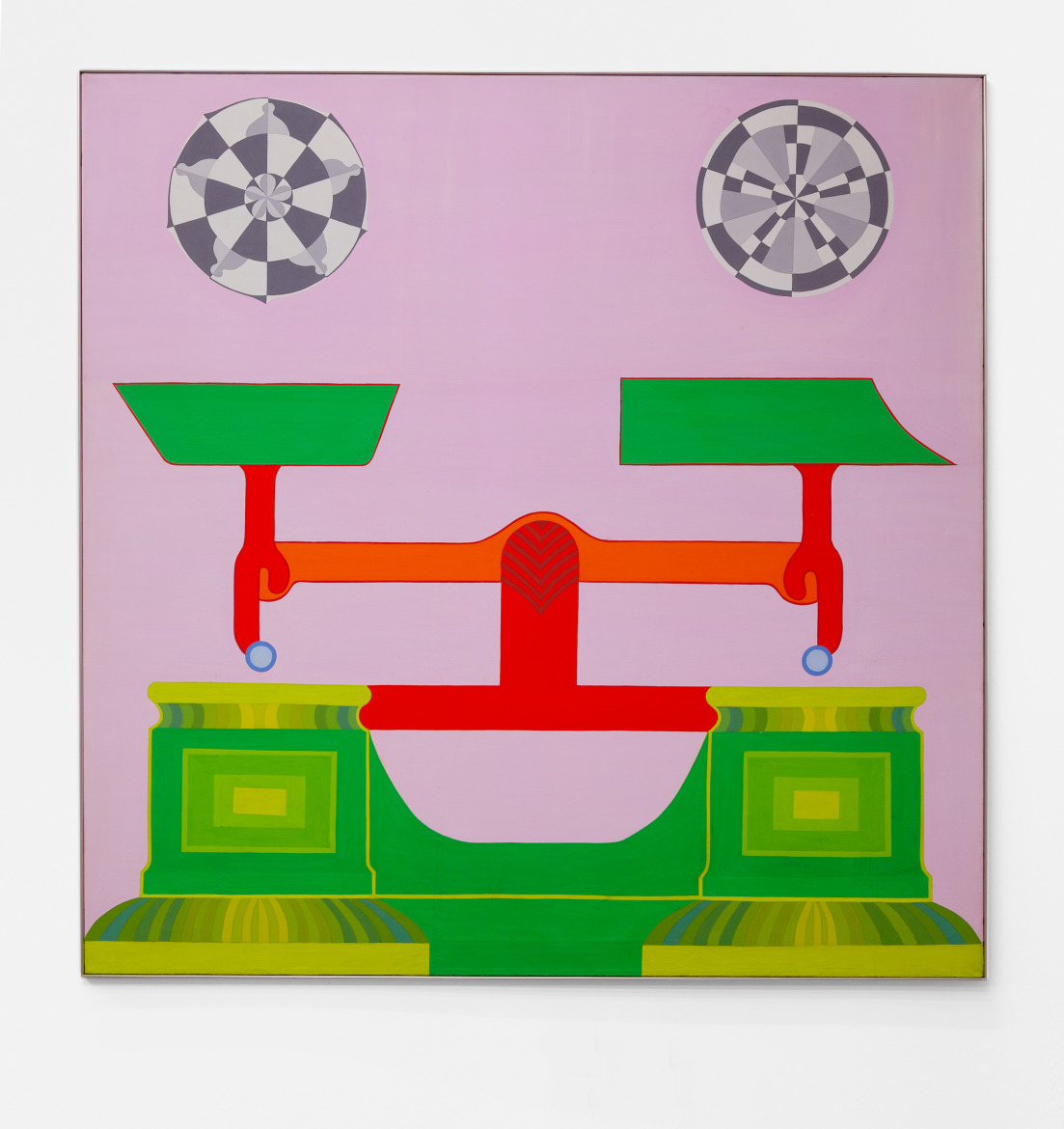
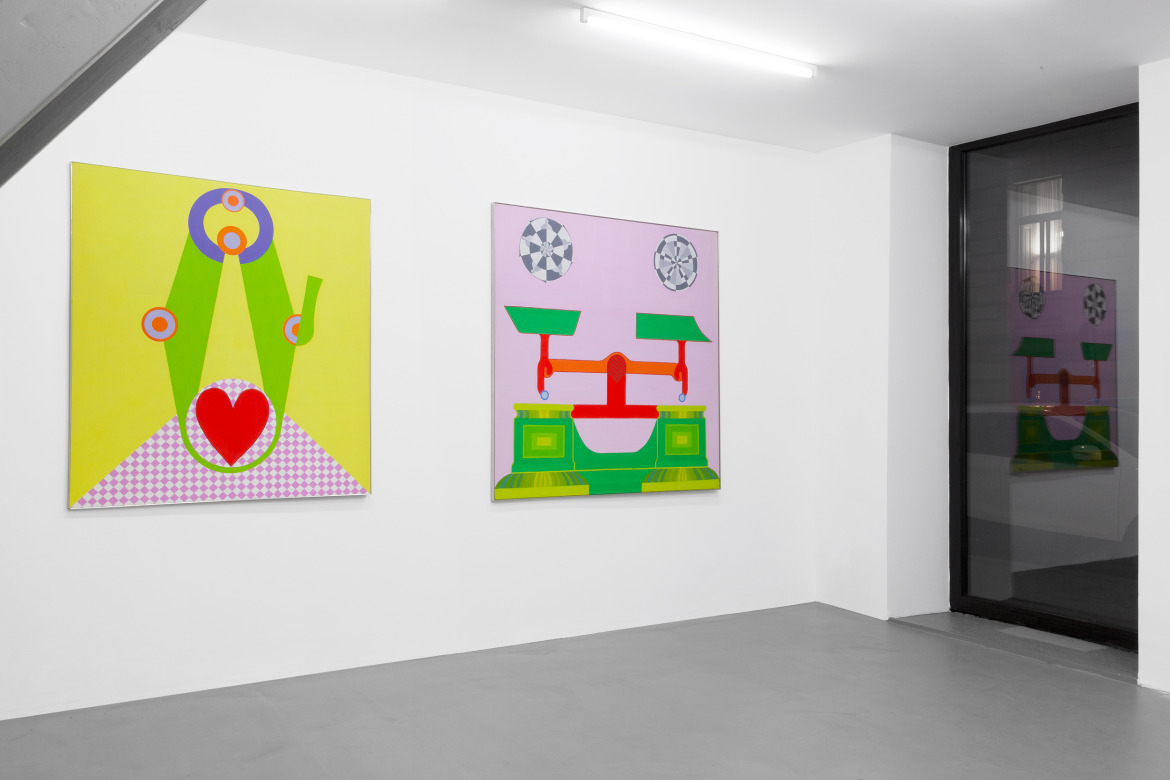
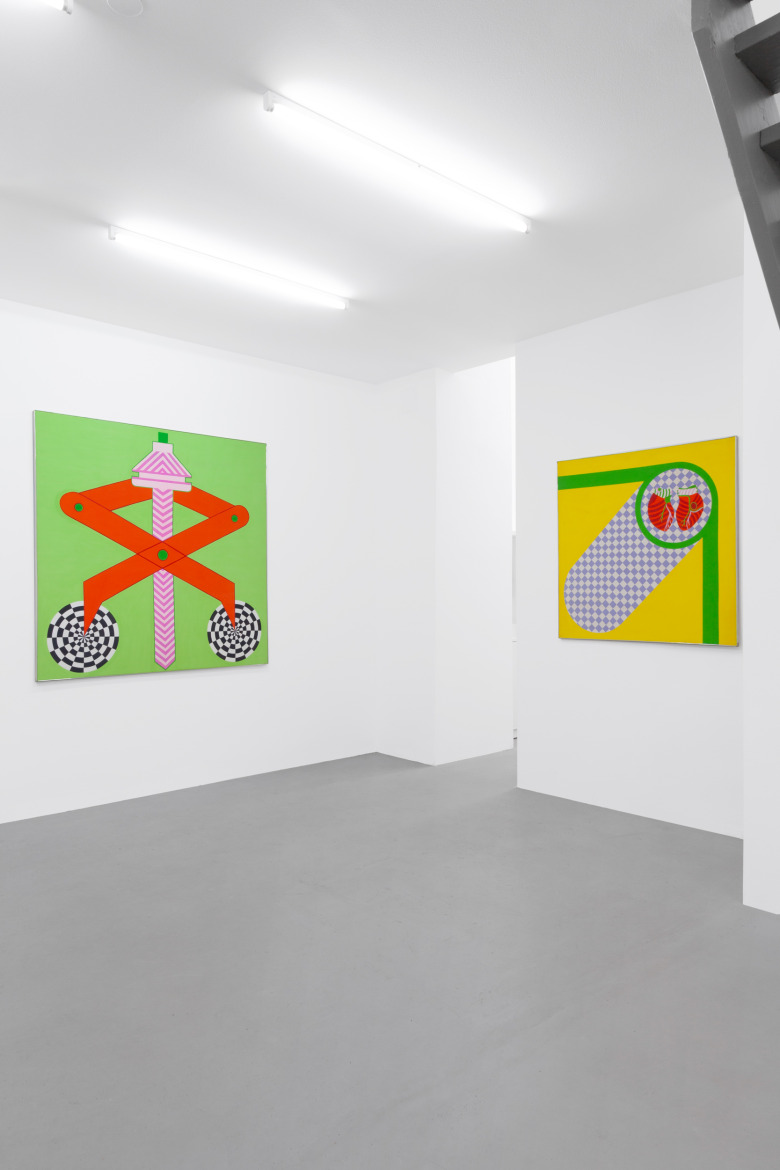
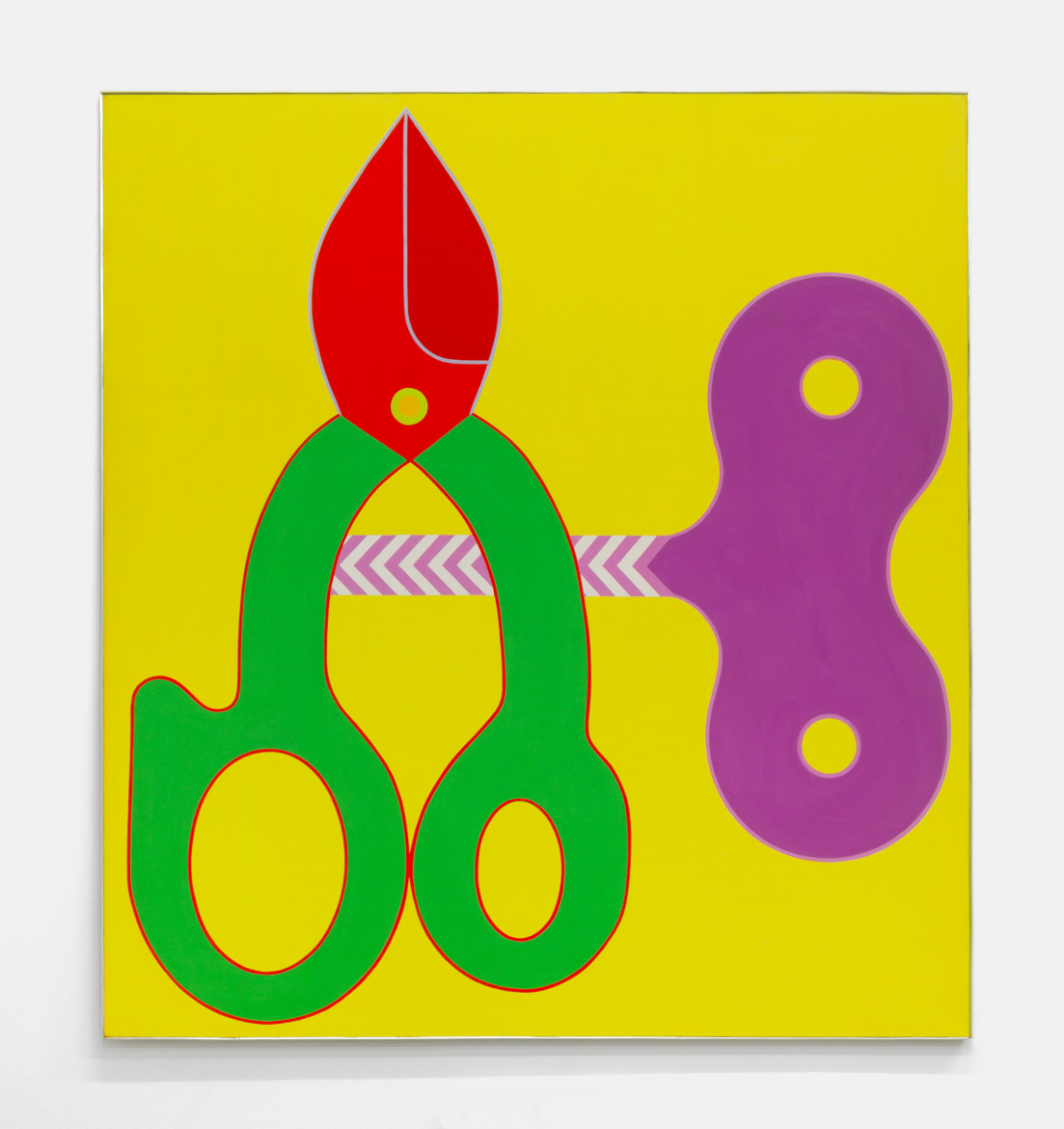


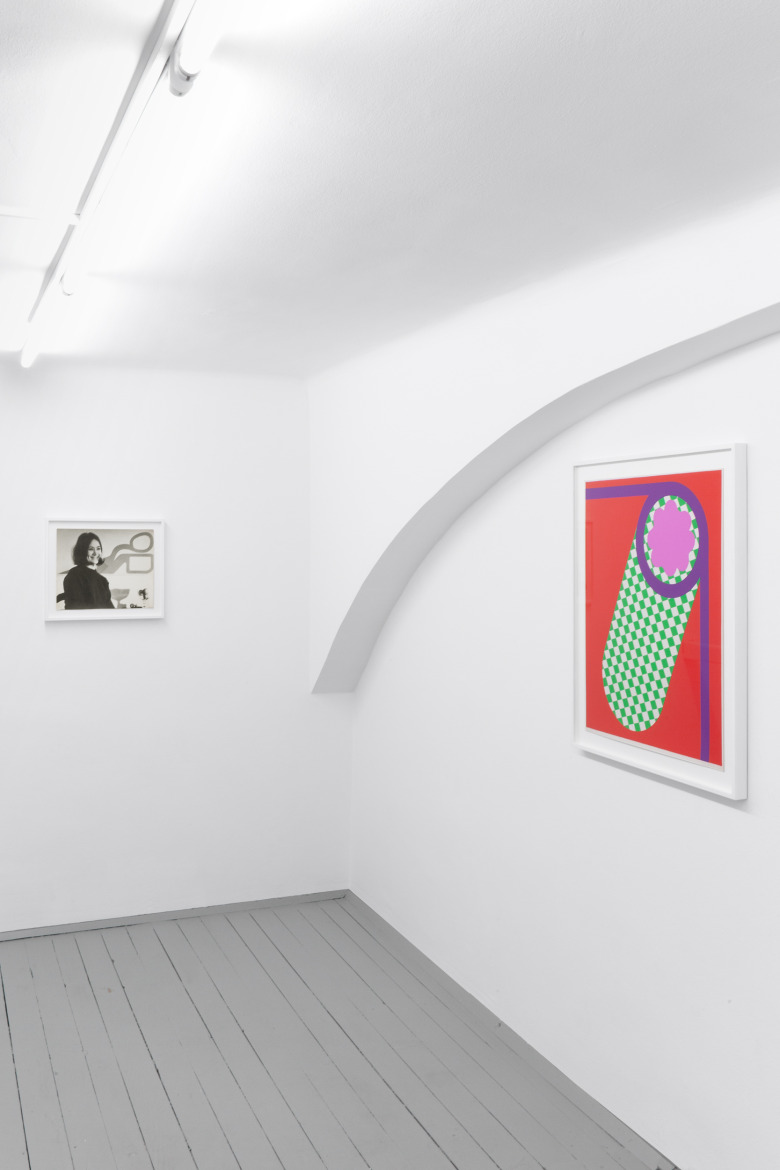


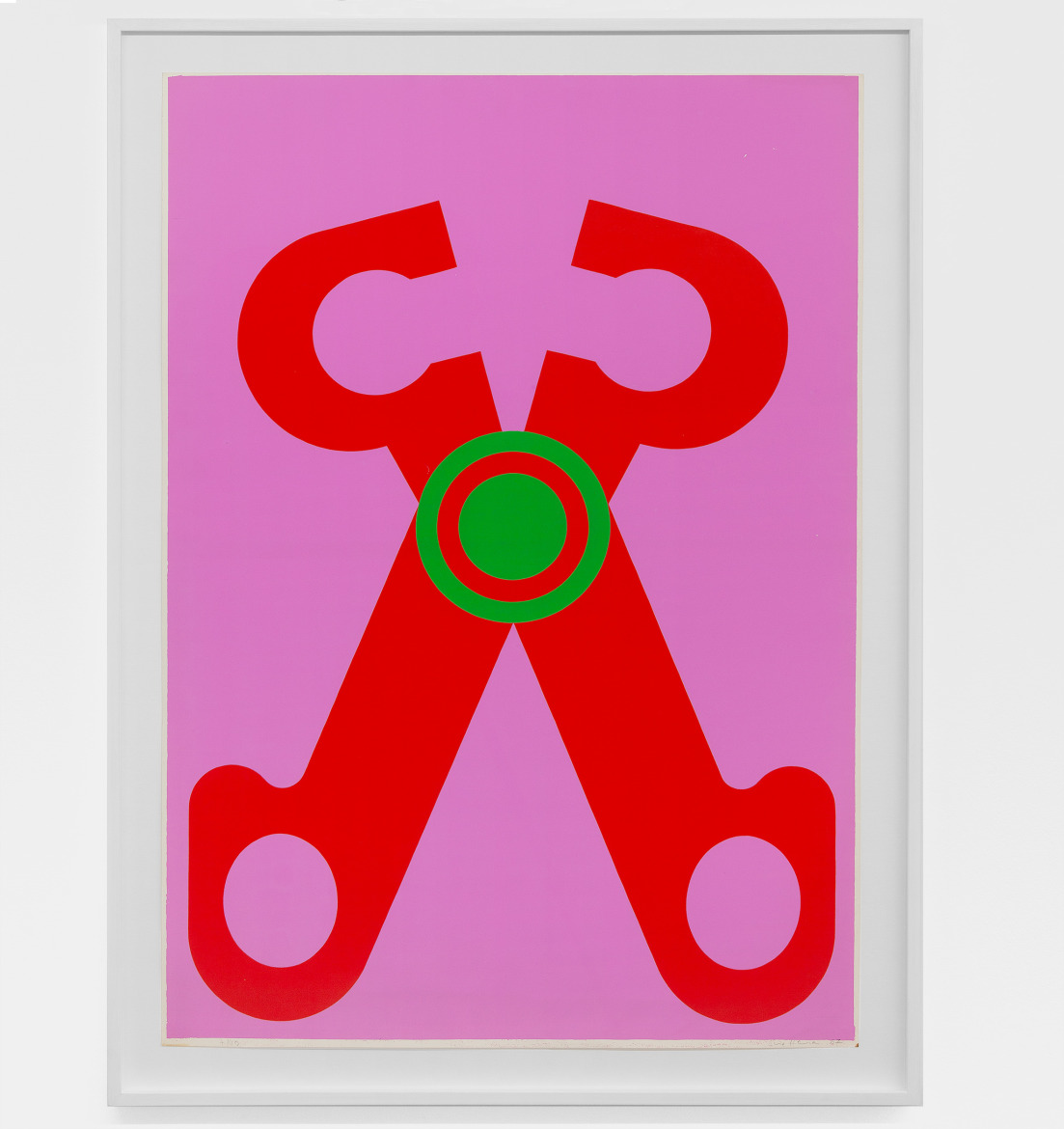
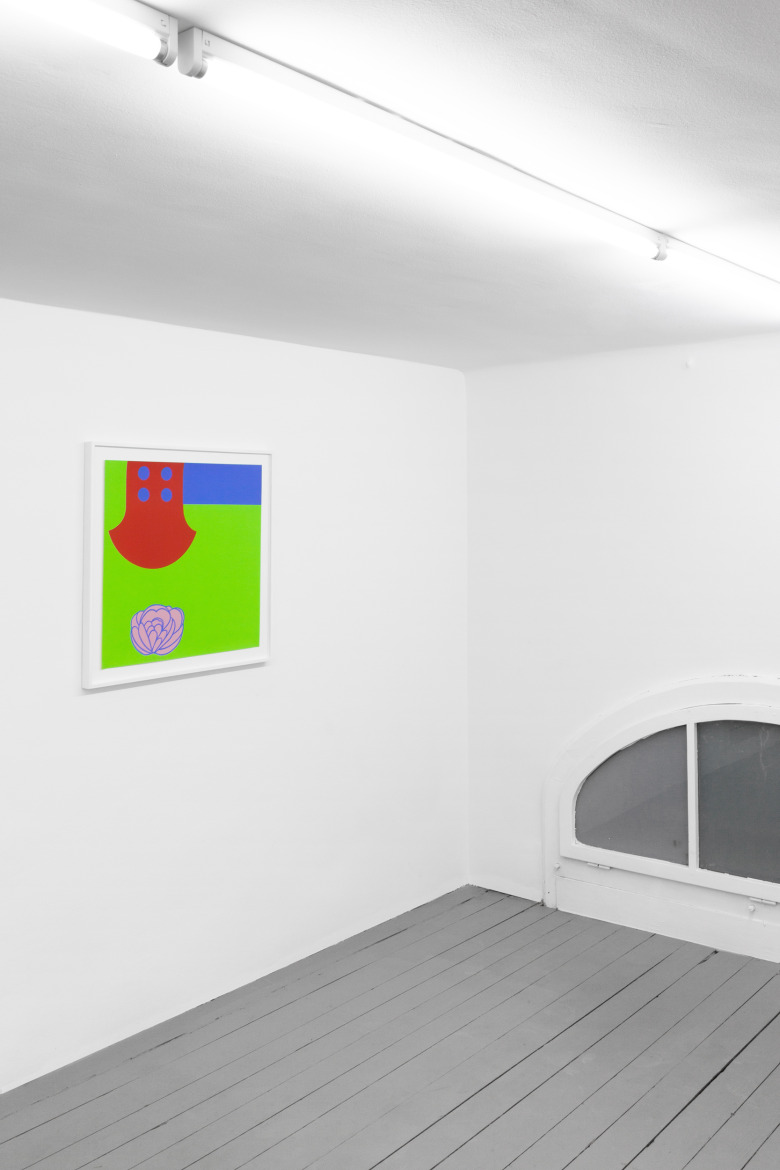
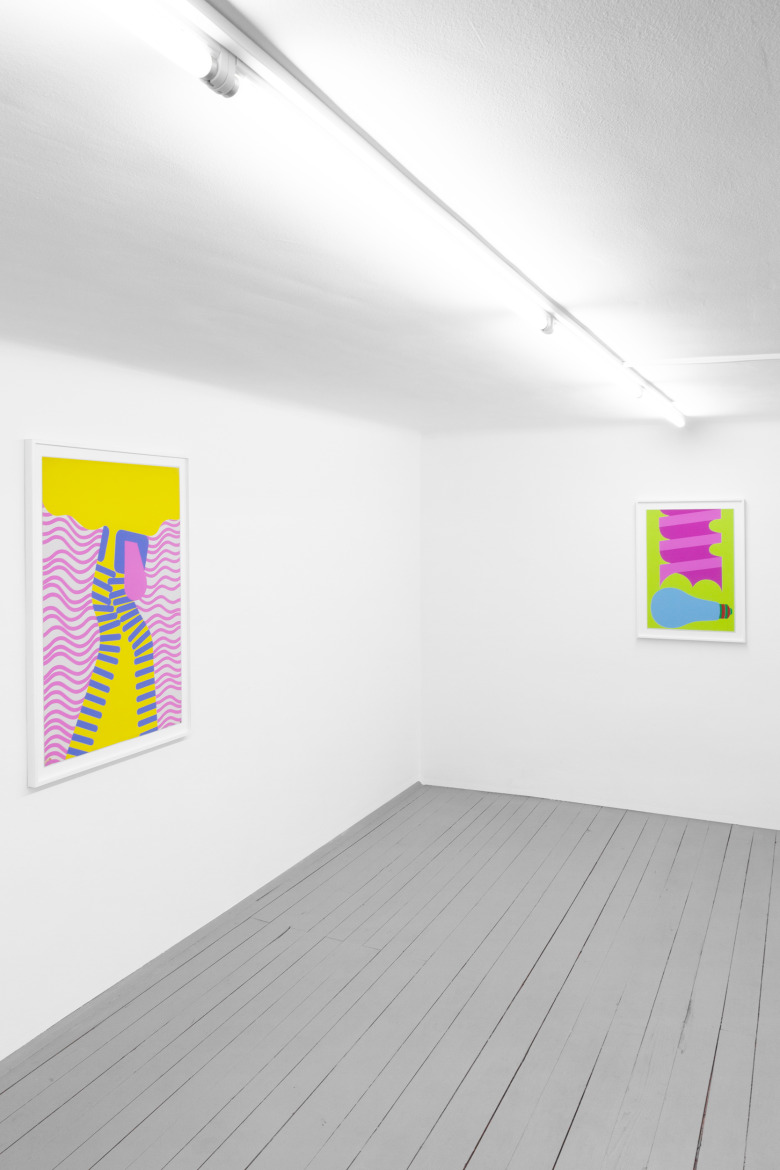
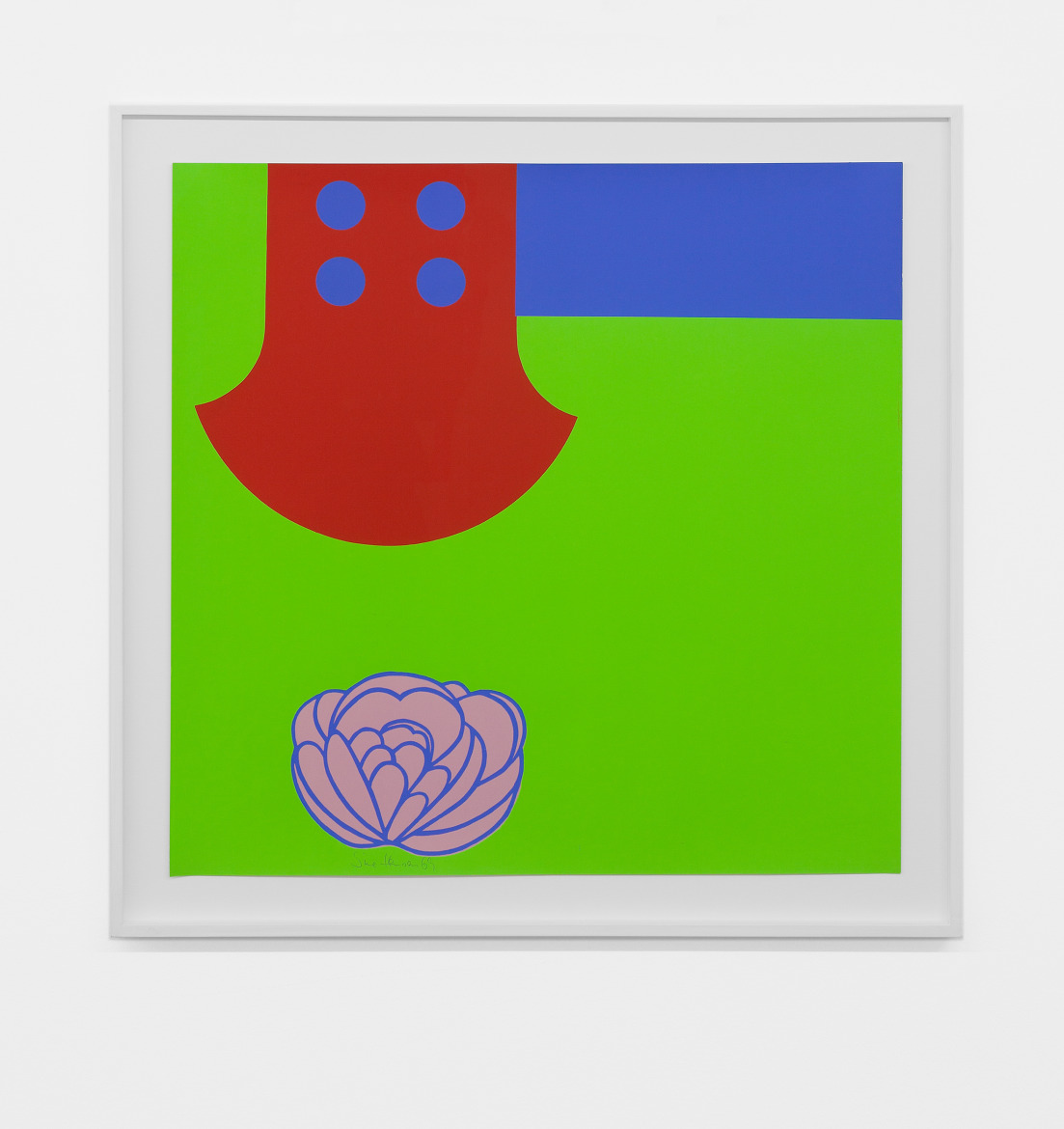
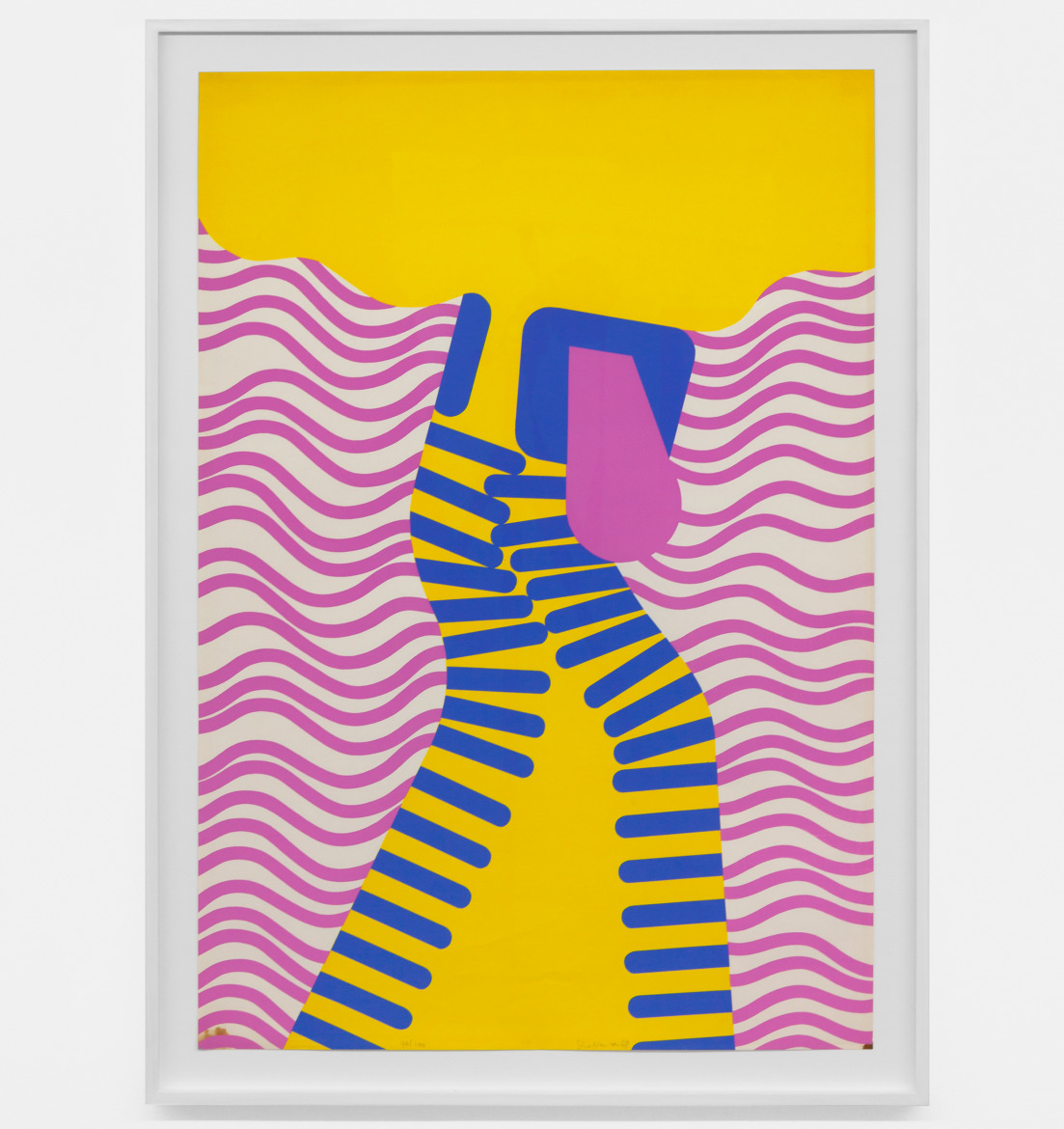

We are pleased to present a first introductory solo exhibition of German artist Sine Hansen (1942 – 2009), focusing on painting and works on paper from 1965-1970.
In a second part to this introduction, held at this year’s Art Cologne, Nov 17-21, early works by Hansen will be set in dialogue with contemporary works by Kerstin von Gabain.
→Kerstin von Gabain artist link
Features
→OFLUXO
→Art Viewer
→Contemporary Art Daily
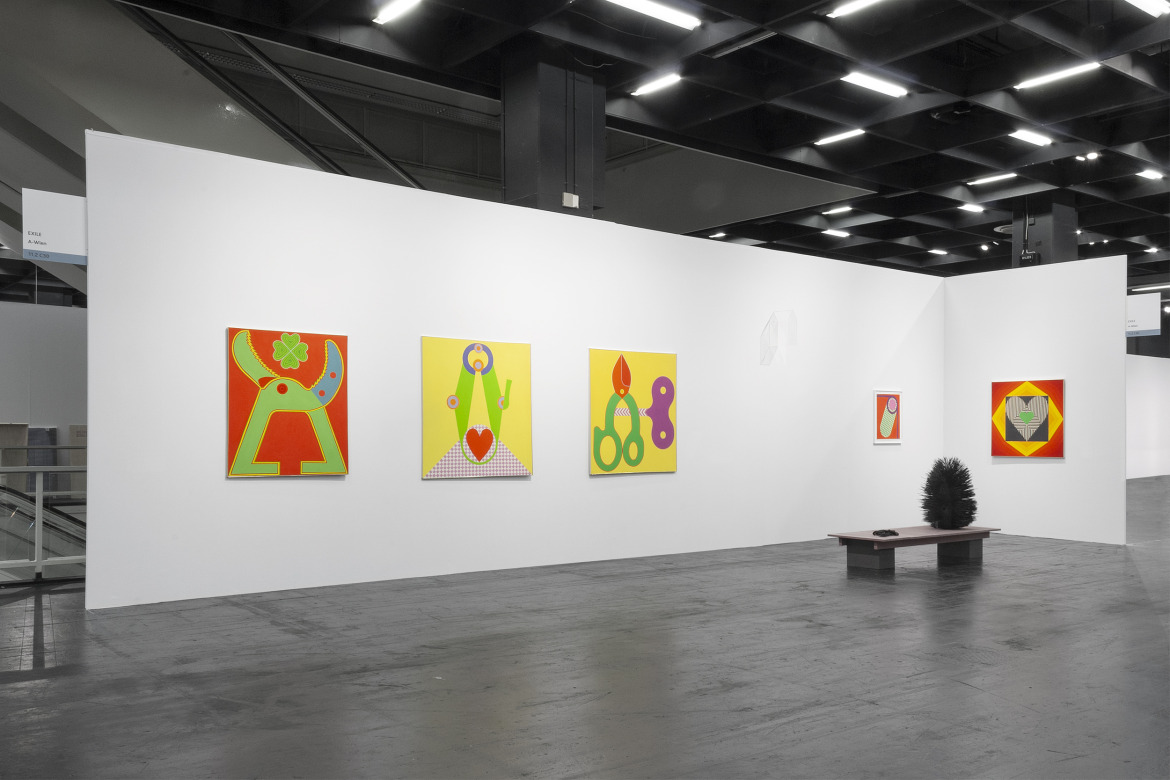



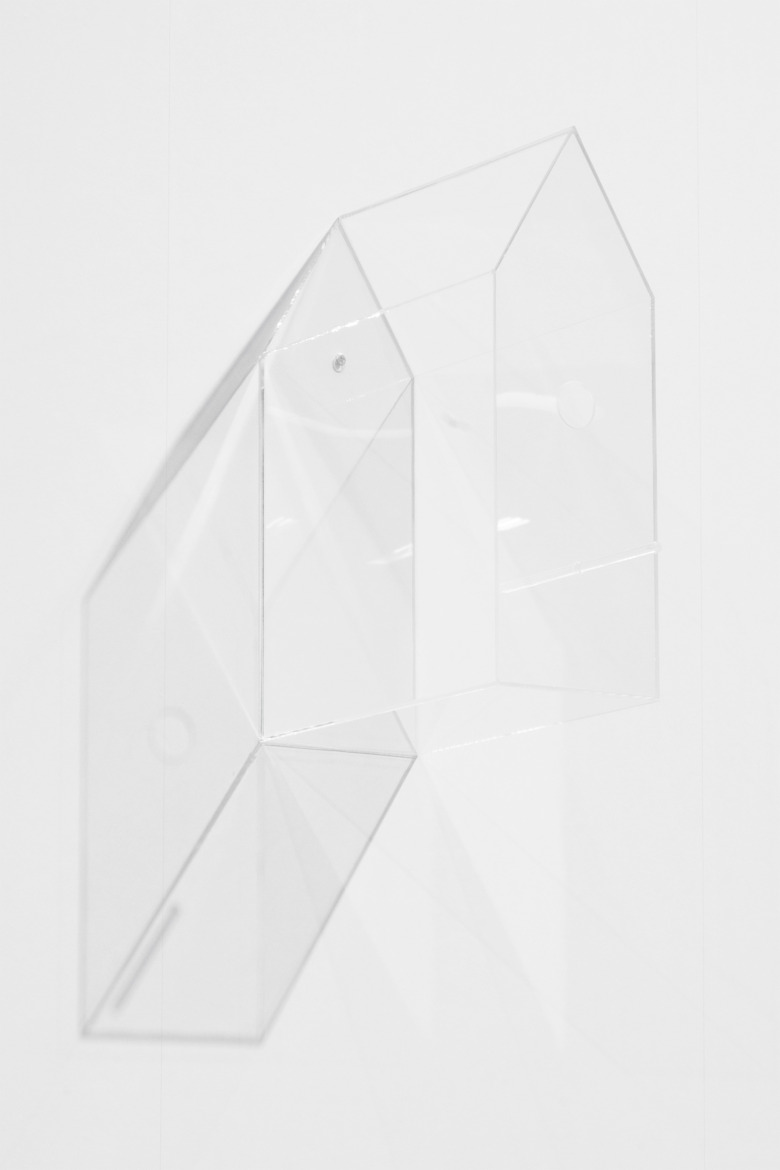
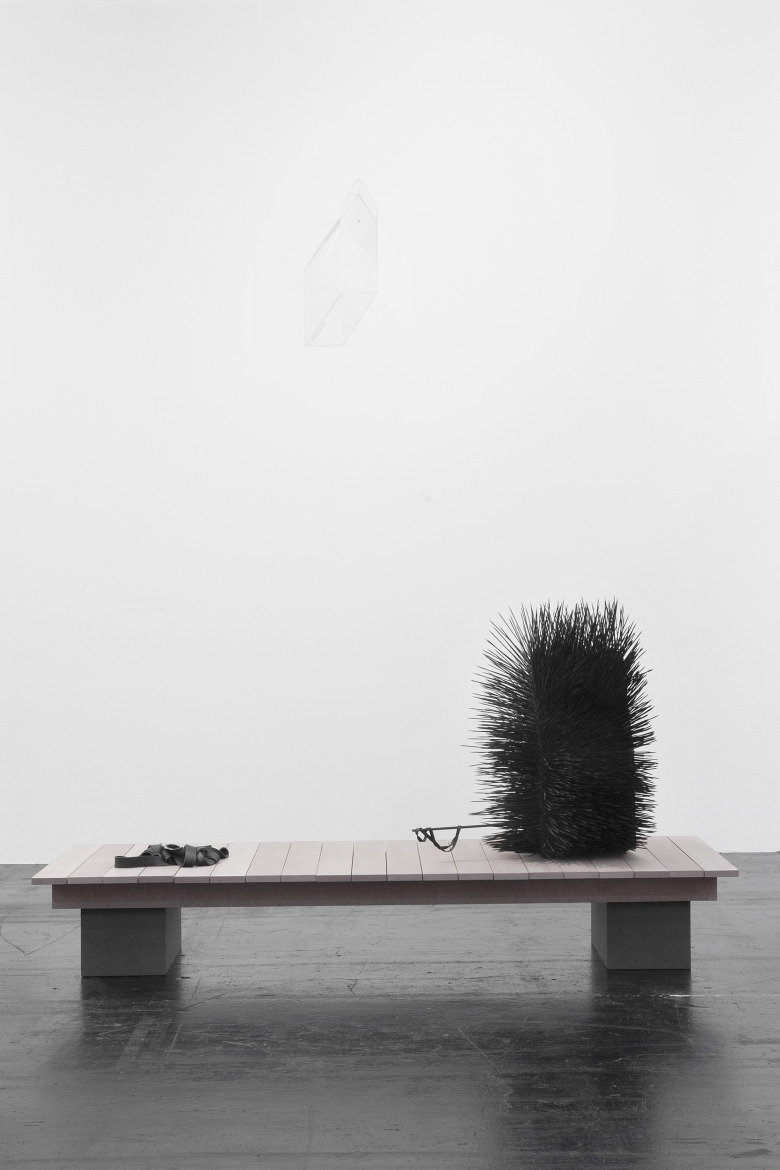
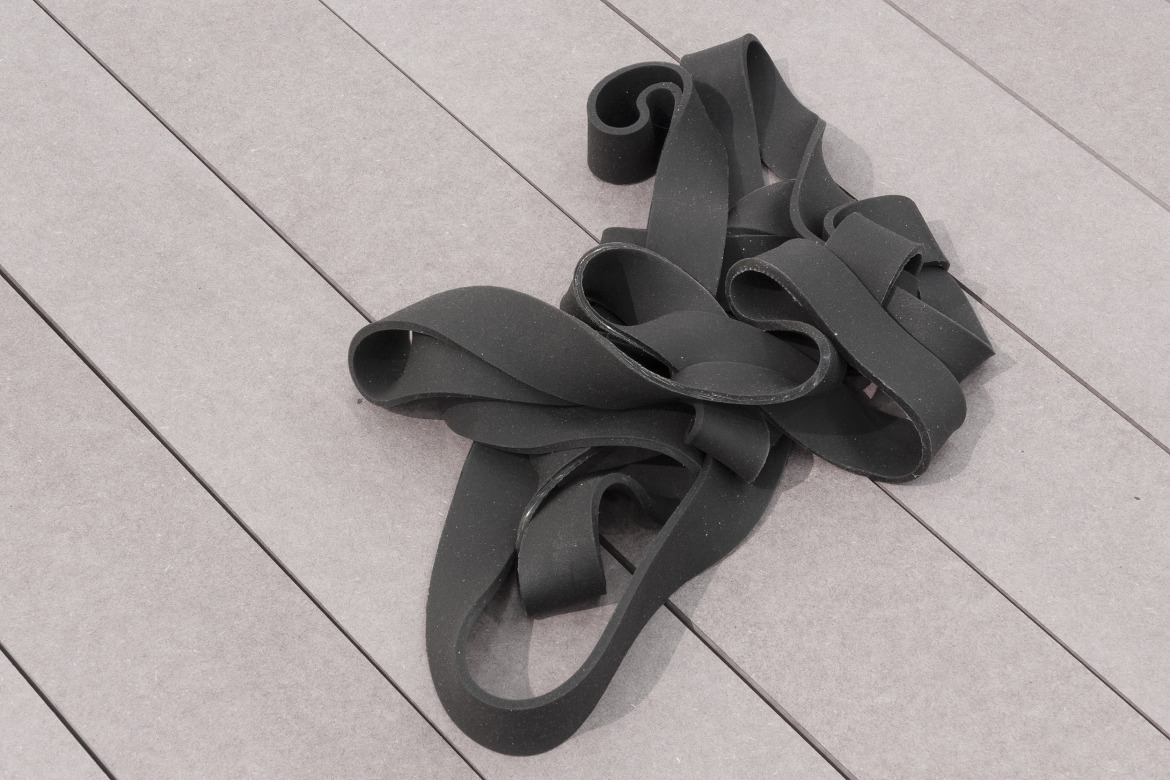

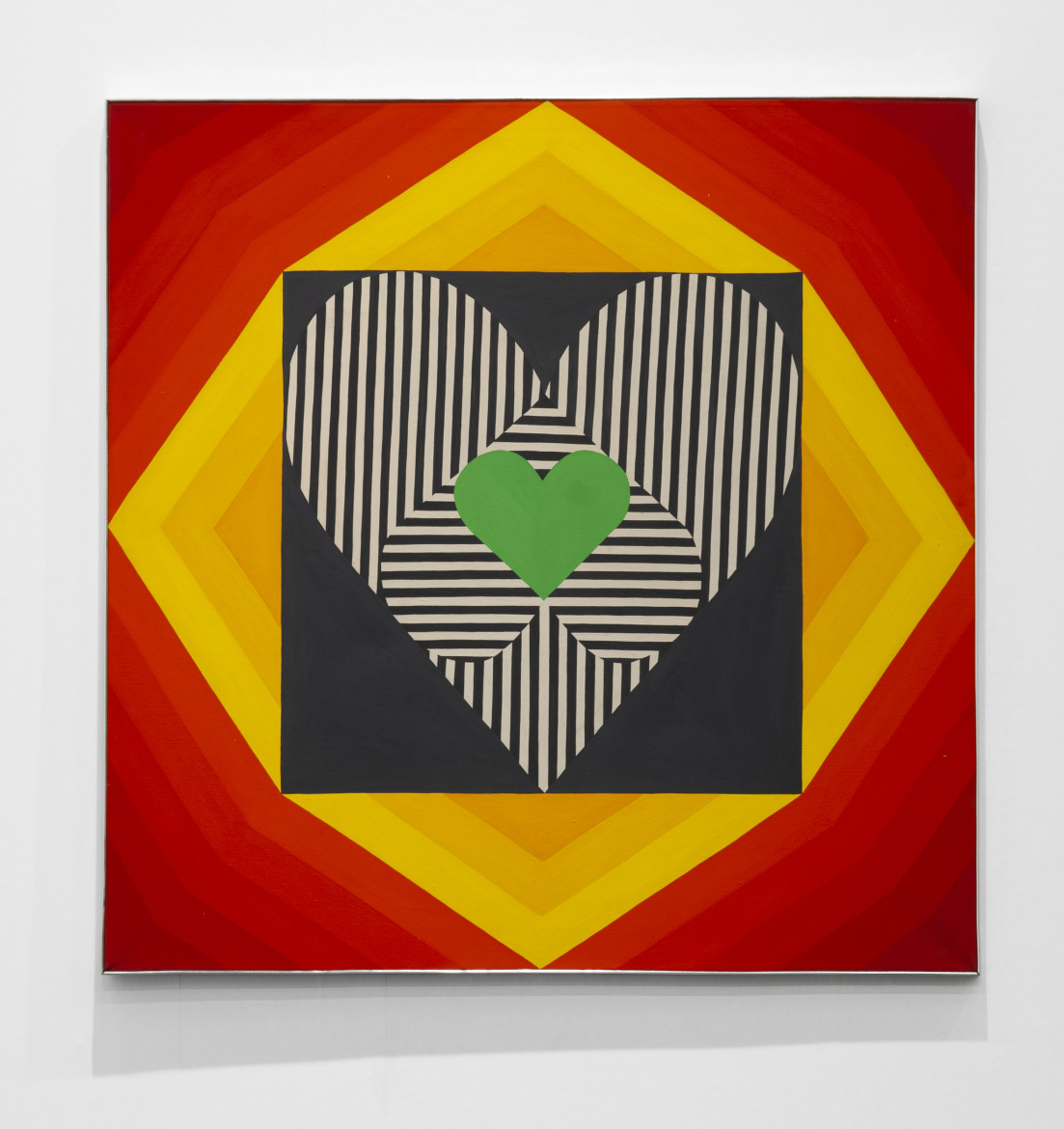
EXILE is pleased to participate for the third time in ART COLOGNE with a presentation of works by Vienna-based artist Kerstin von Gabain (*1979) in dialogue with selected early paintings by German artist Sine Hansen (1942 – 2009).
Working in either painting (Hansen) or object (von Gabain), both artists approach the physical and emotional dimension of the female body through tools, measurements, armour, organs or shelters. The core question of inner and outer self, of exposed shield or inner shelter, or exposed shelter and inner shield, is at once addressed as assertive strength and precious fragility of individual definition.
This dialogue presentation runs concurrently to the introductory solo exhibition of Sine Hansen focusing on paintings and works on paper from 1965-1970 at the gallery in Vienna.
→Kerstin von Gabain artist link
→Kate Brown, artnet, Nov 19, 2021
→Silvie Aigner and Paula Watzl, Parnass, Nov 19, 2021

























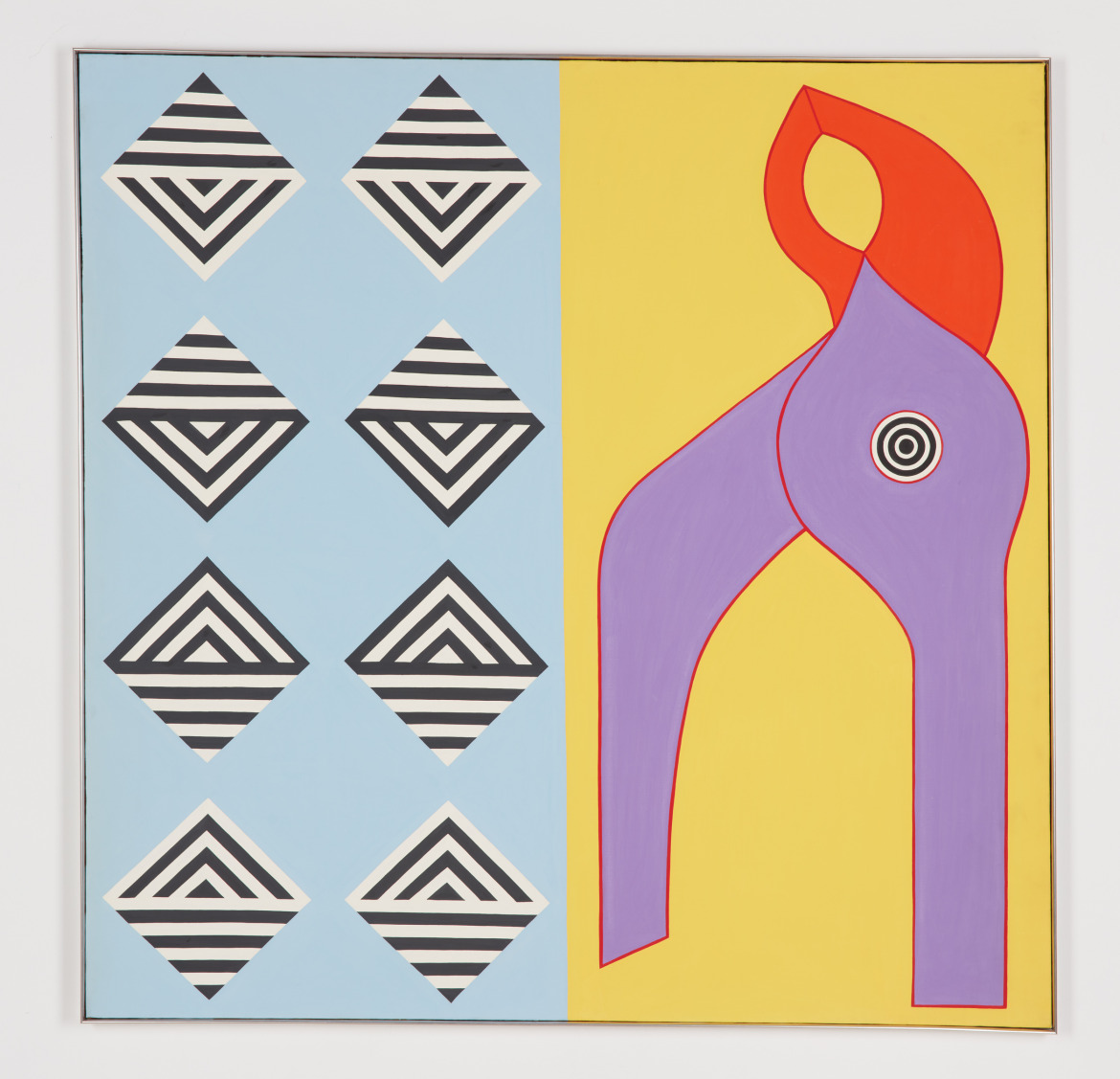
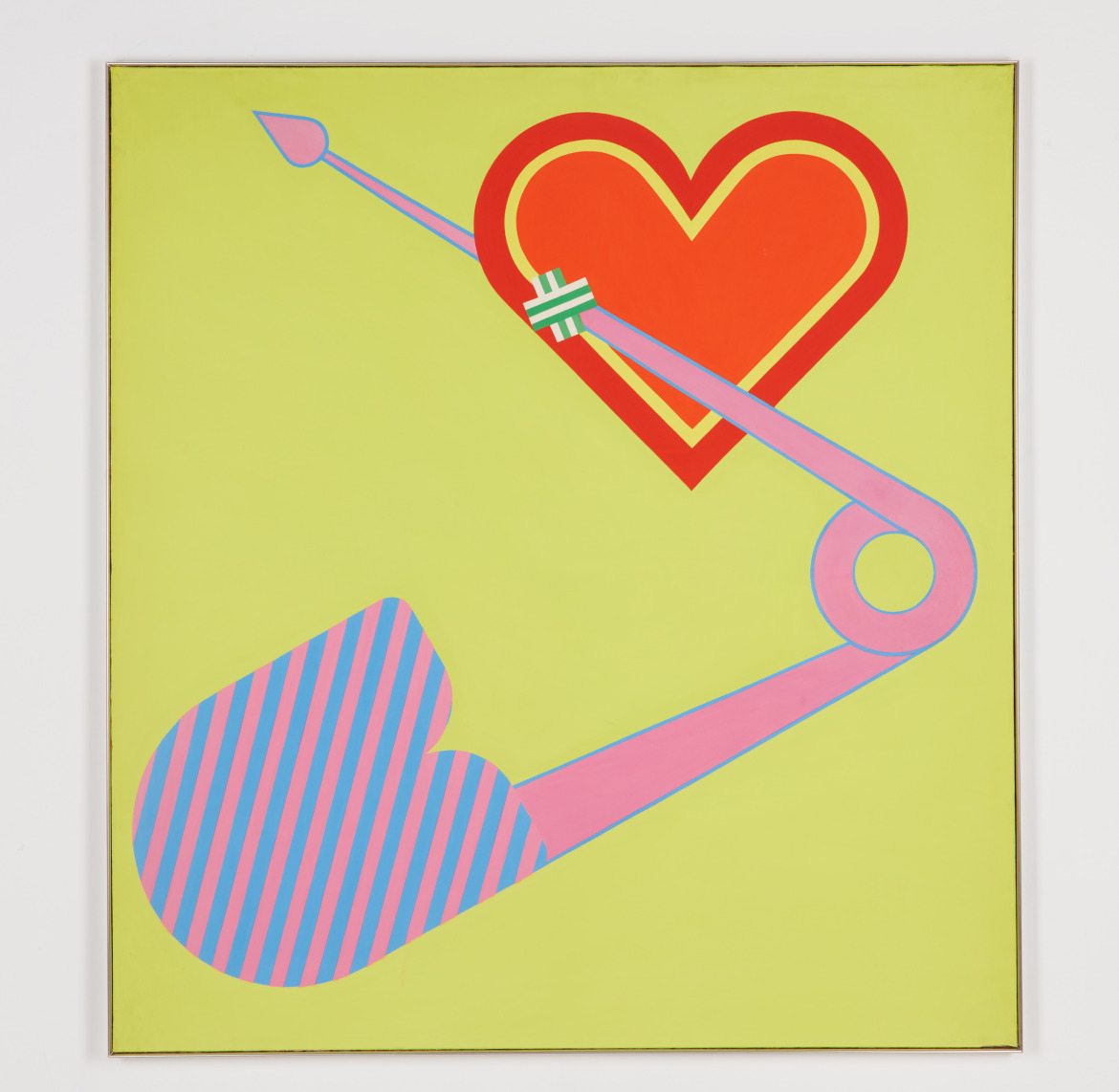
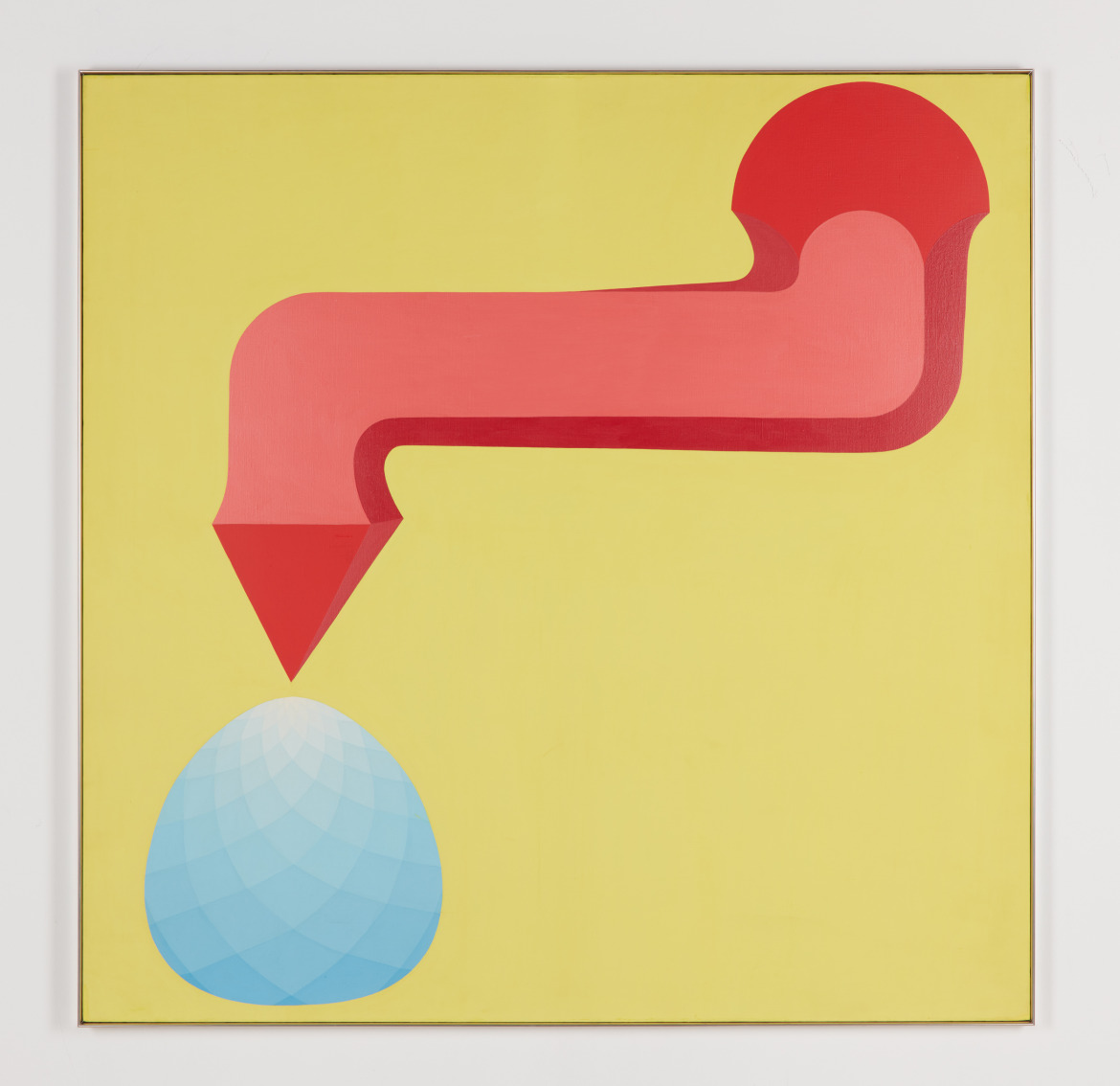
The Estate of Sine Hansen (1942 – 2009)